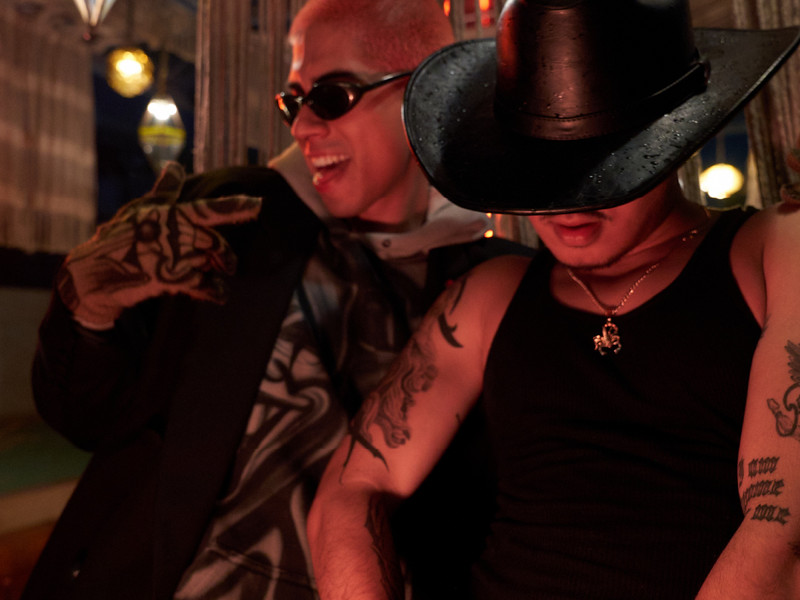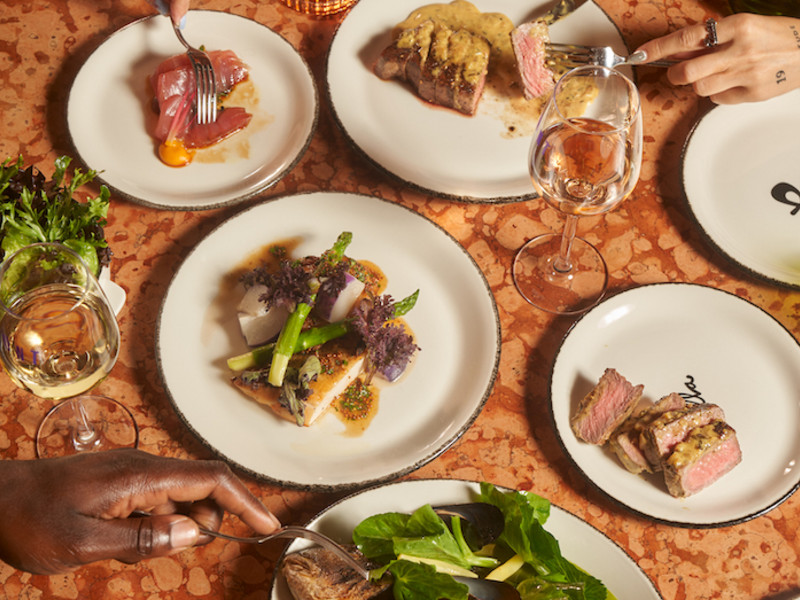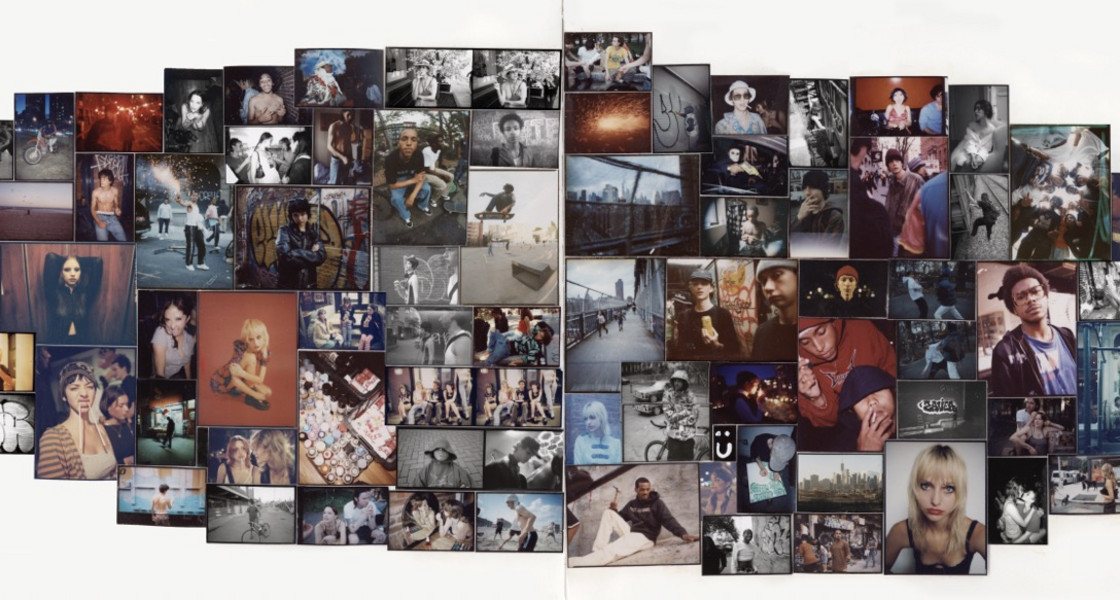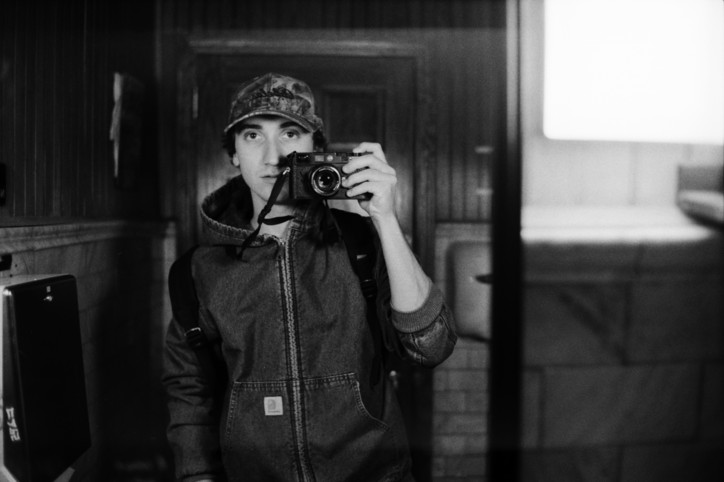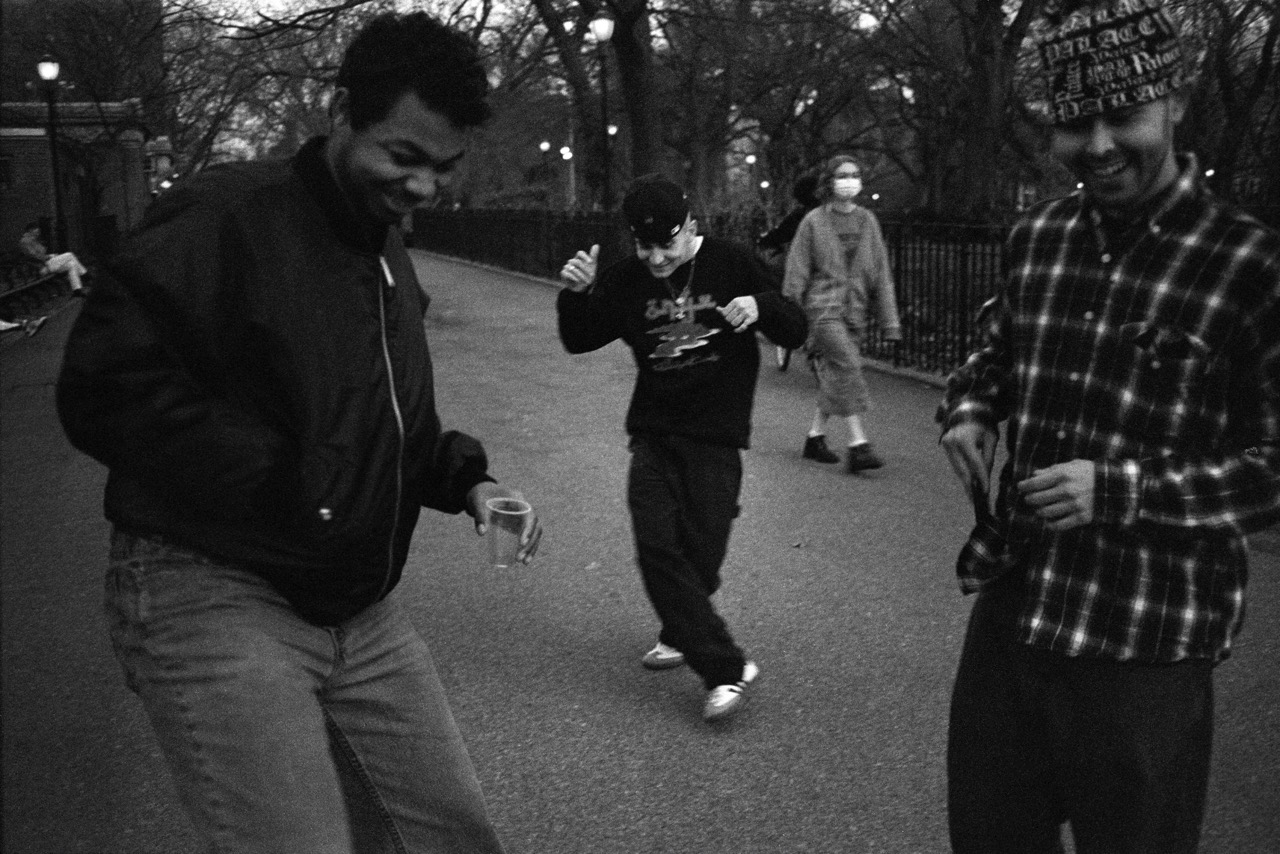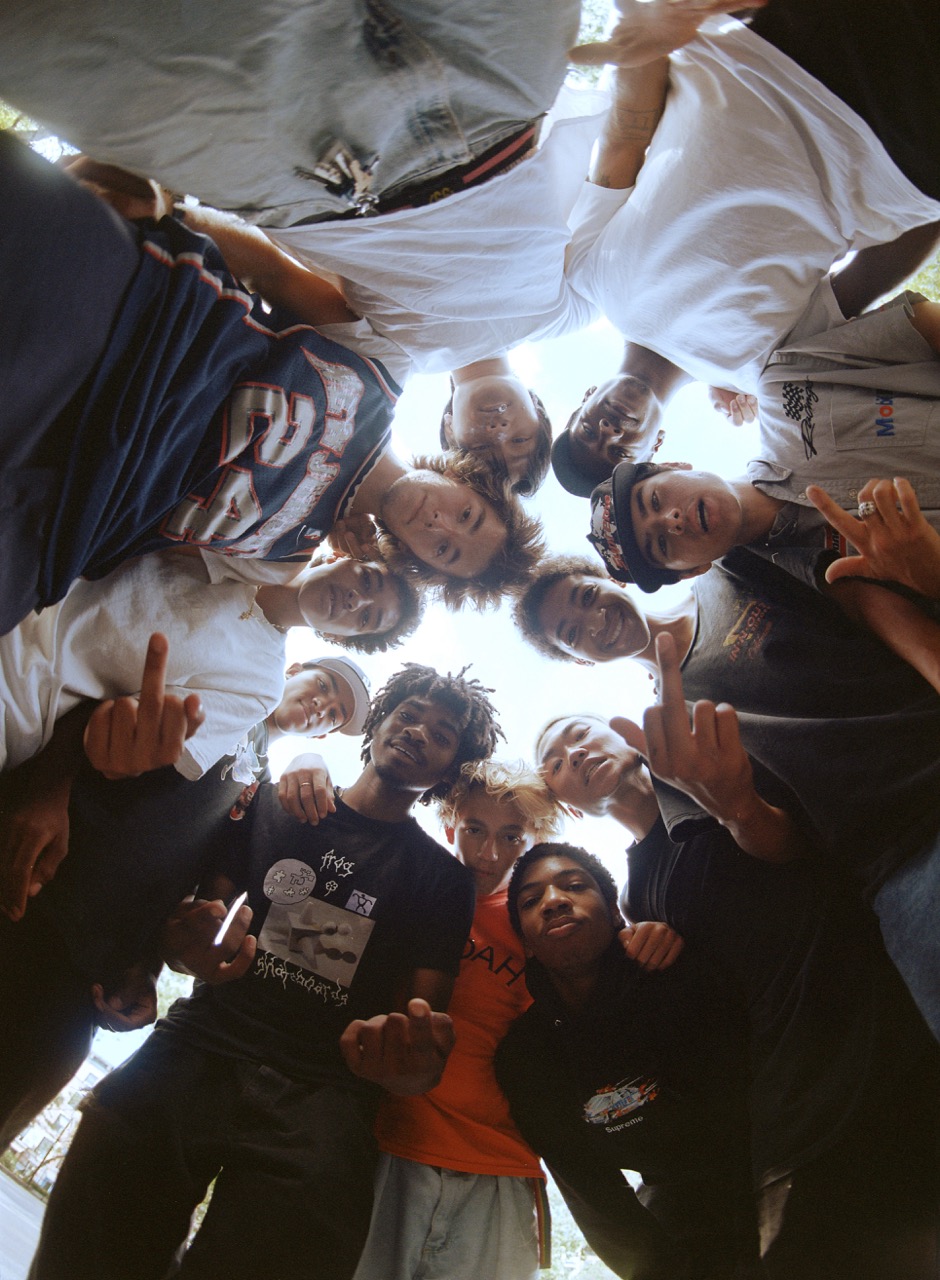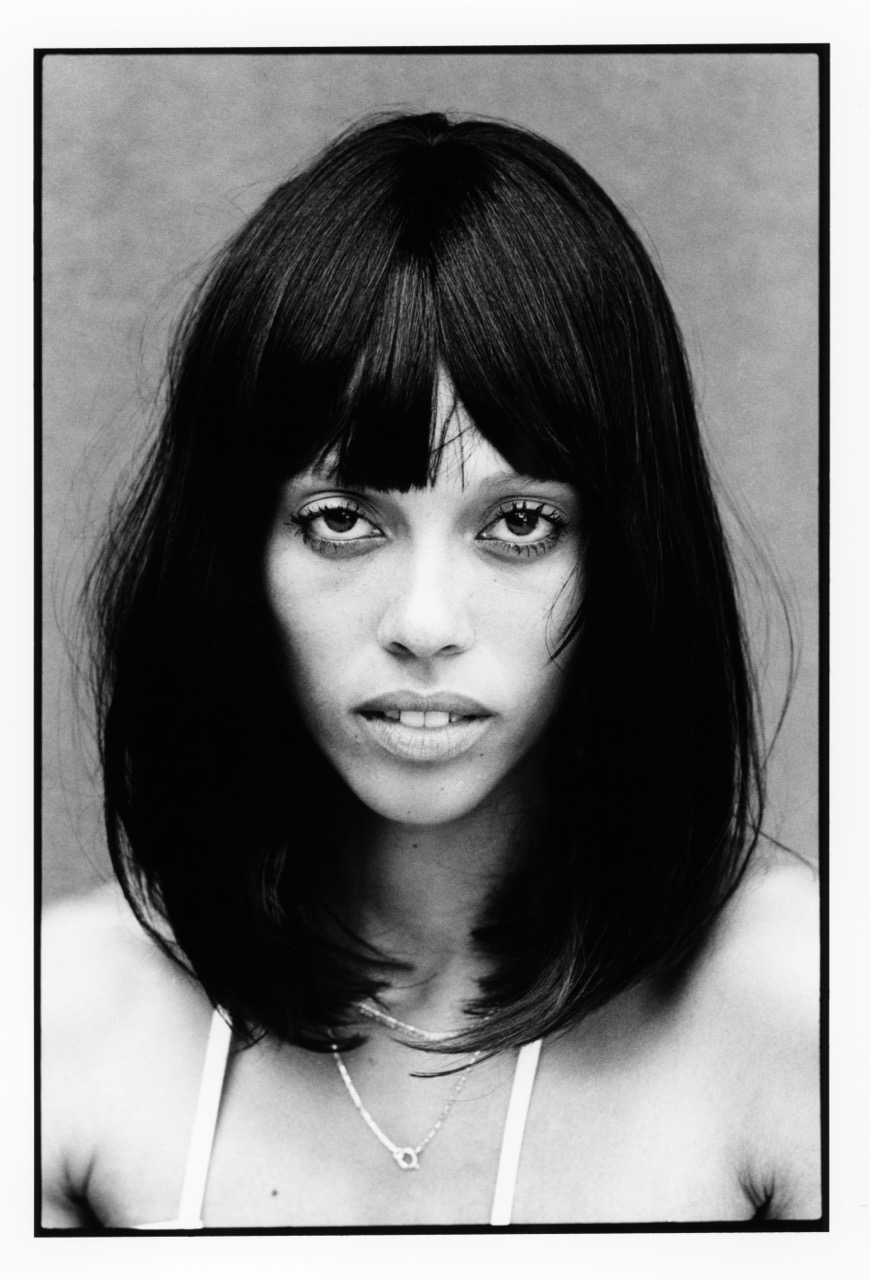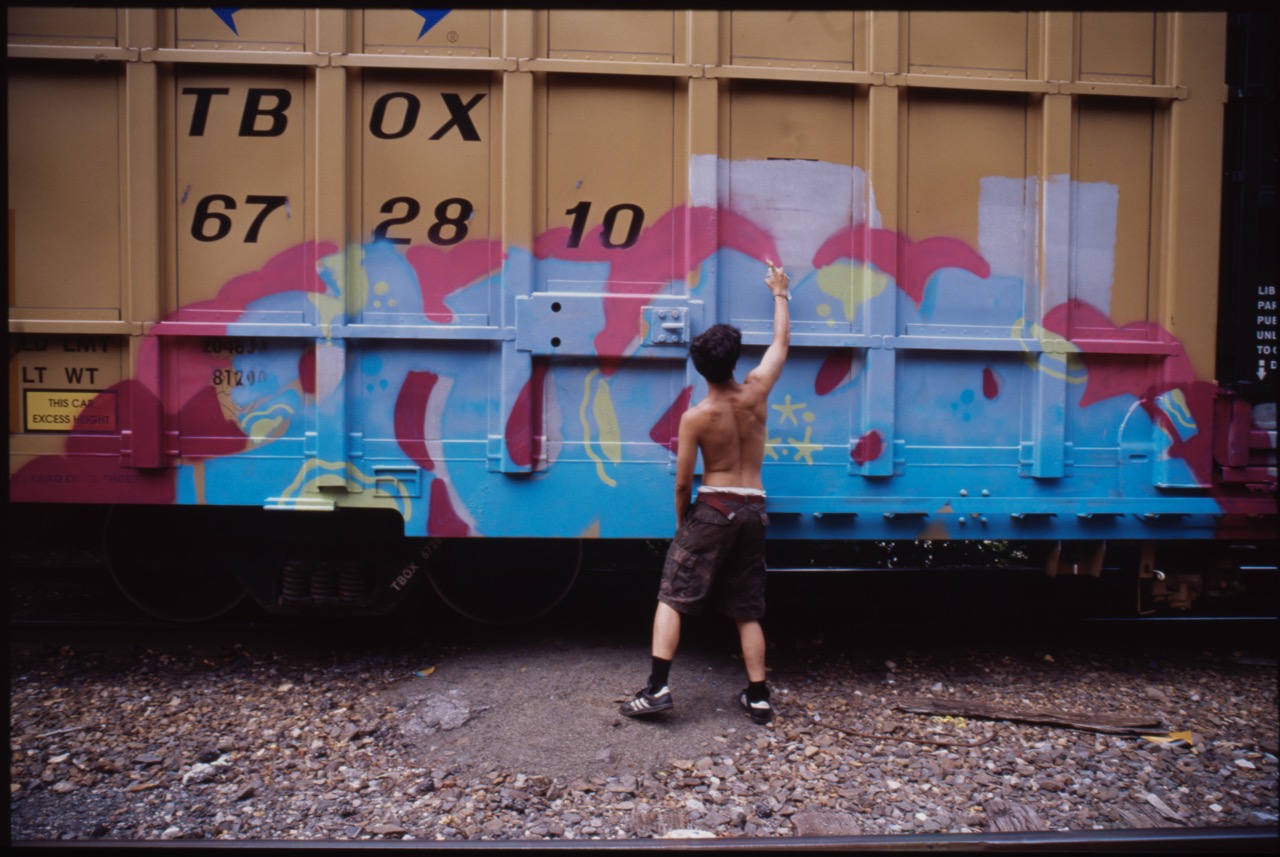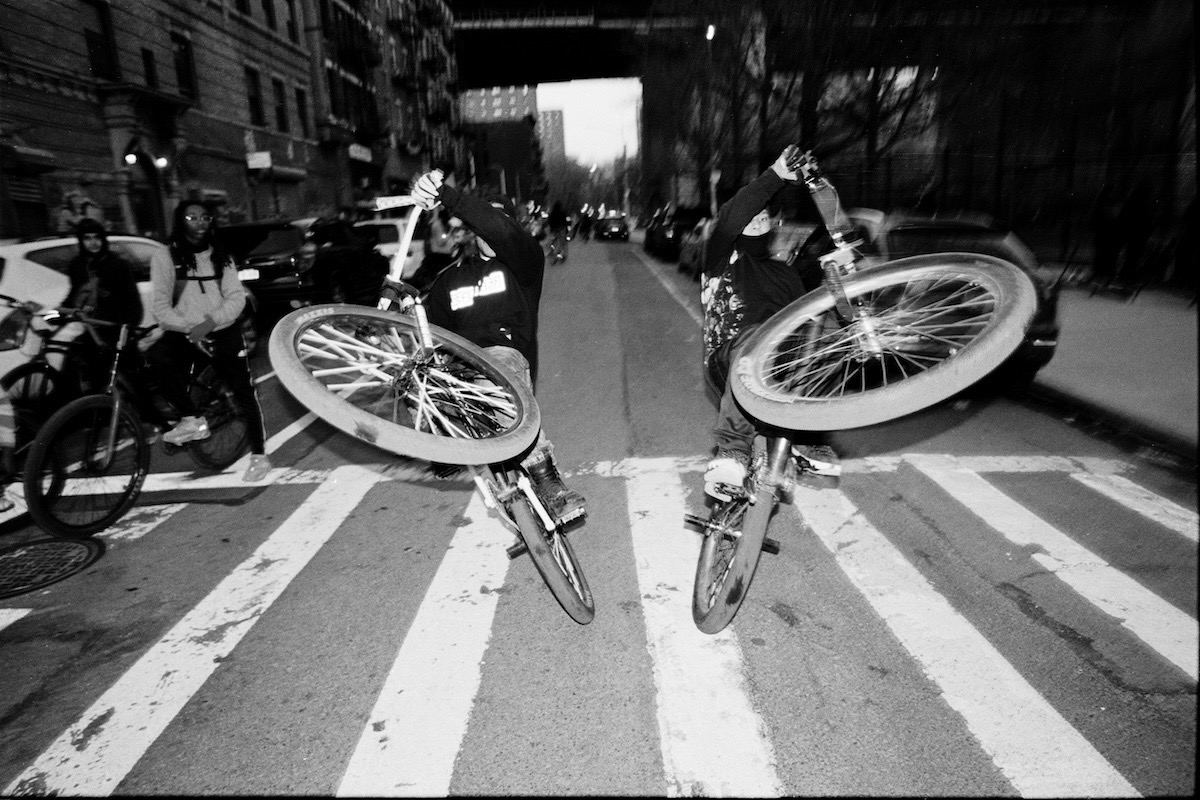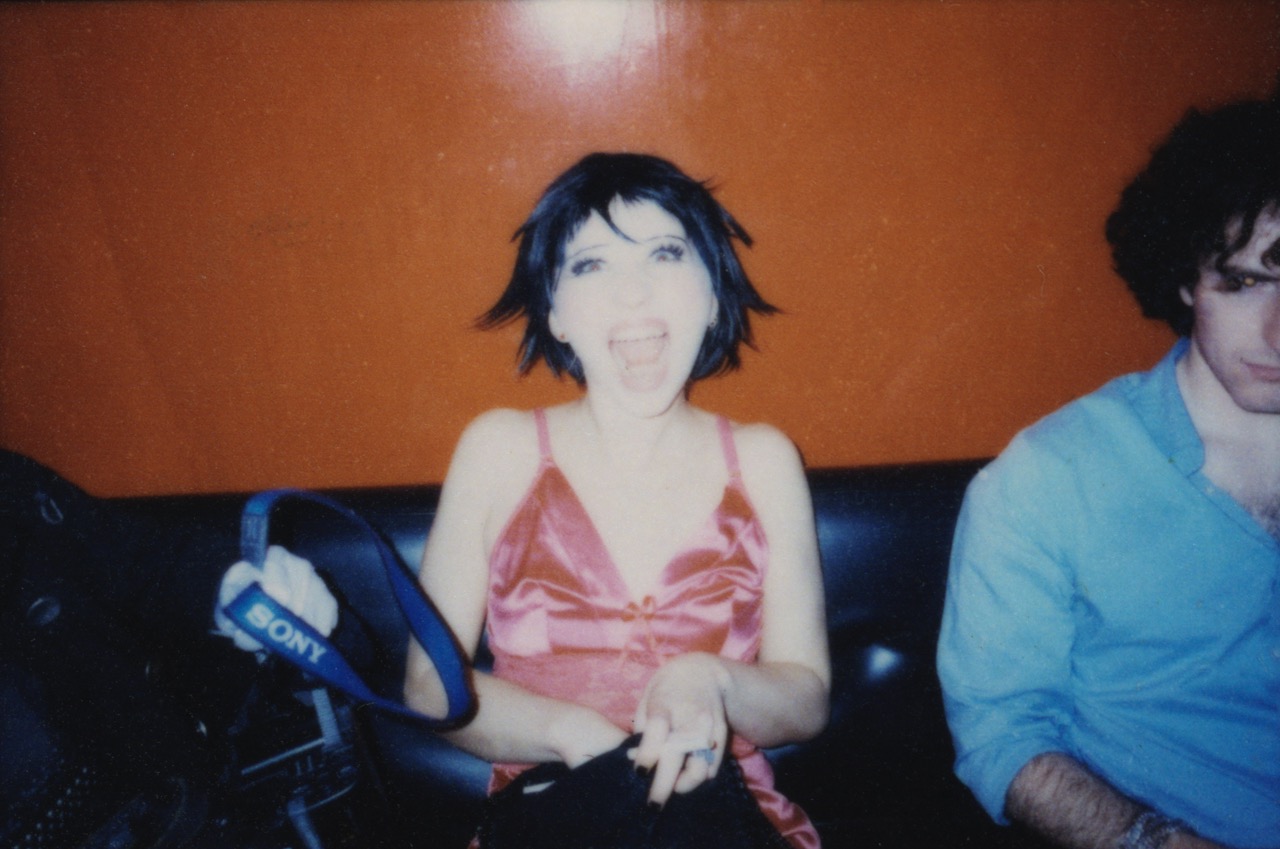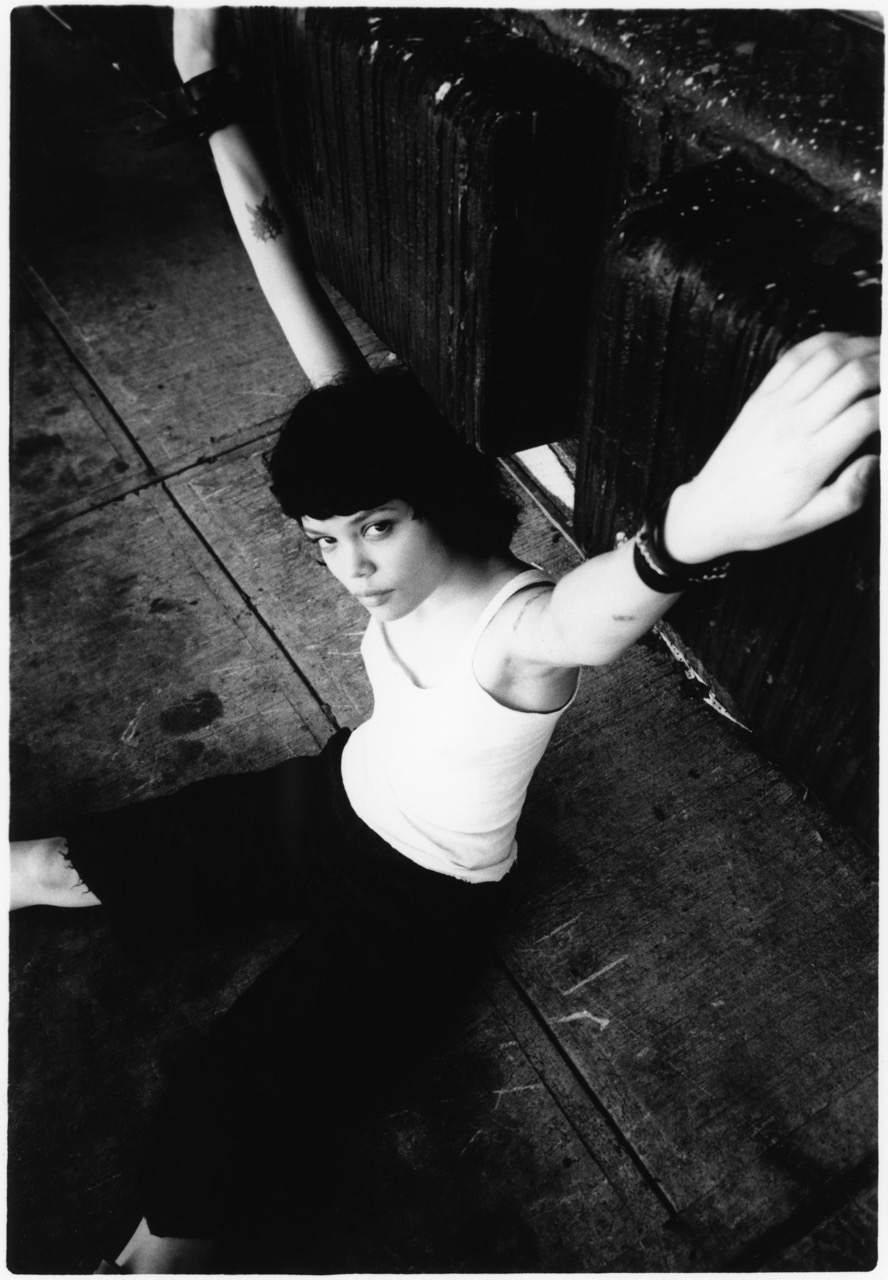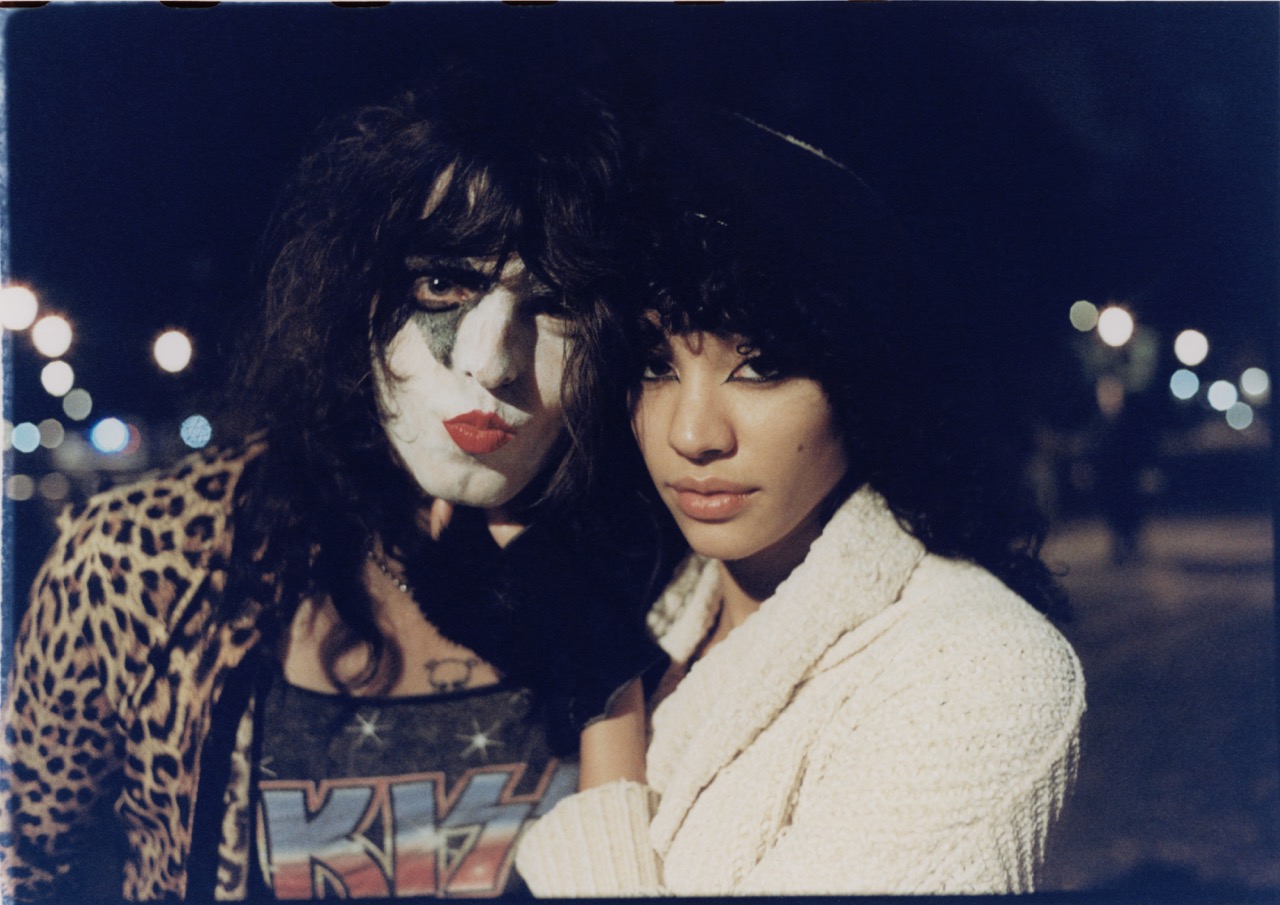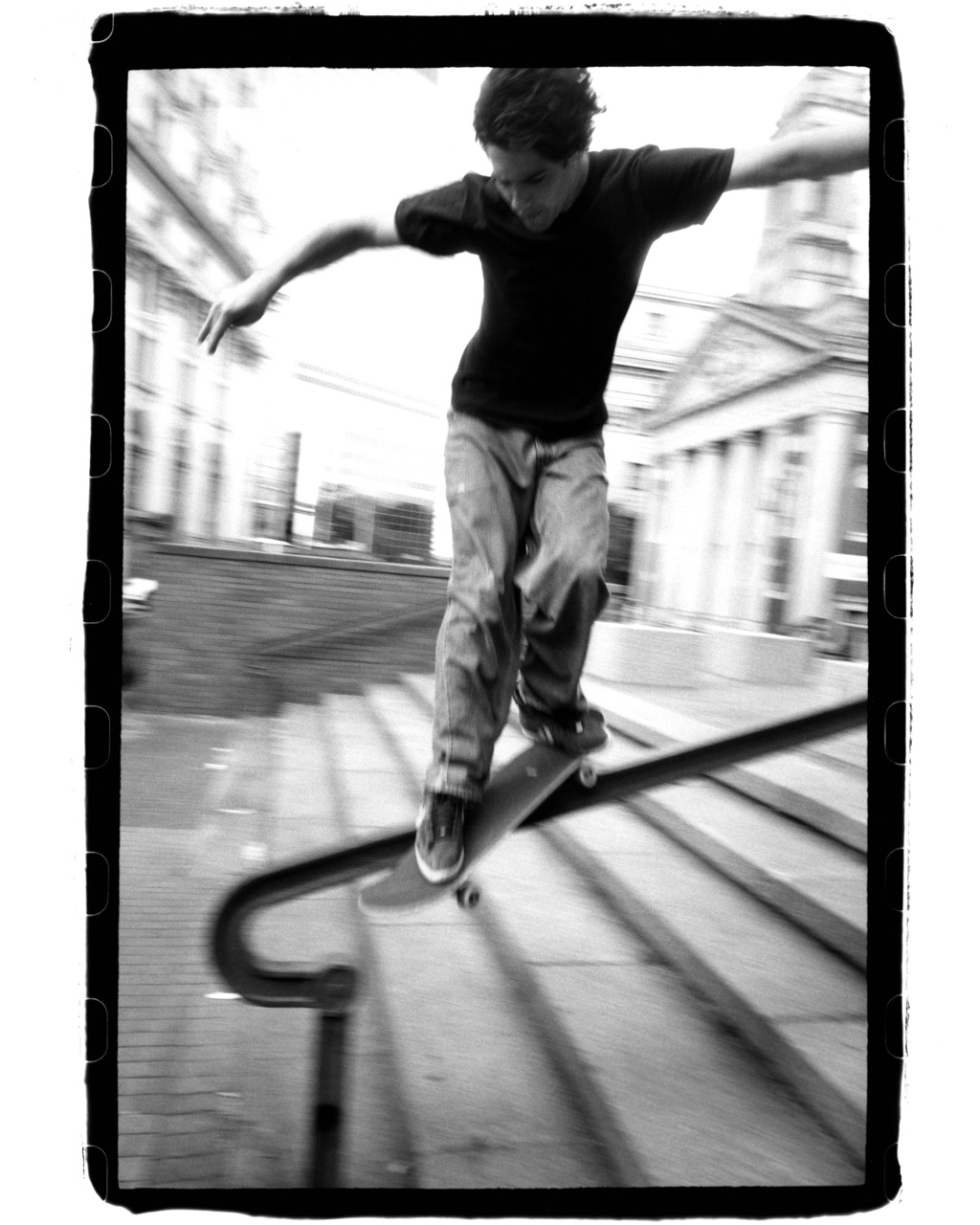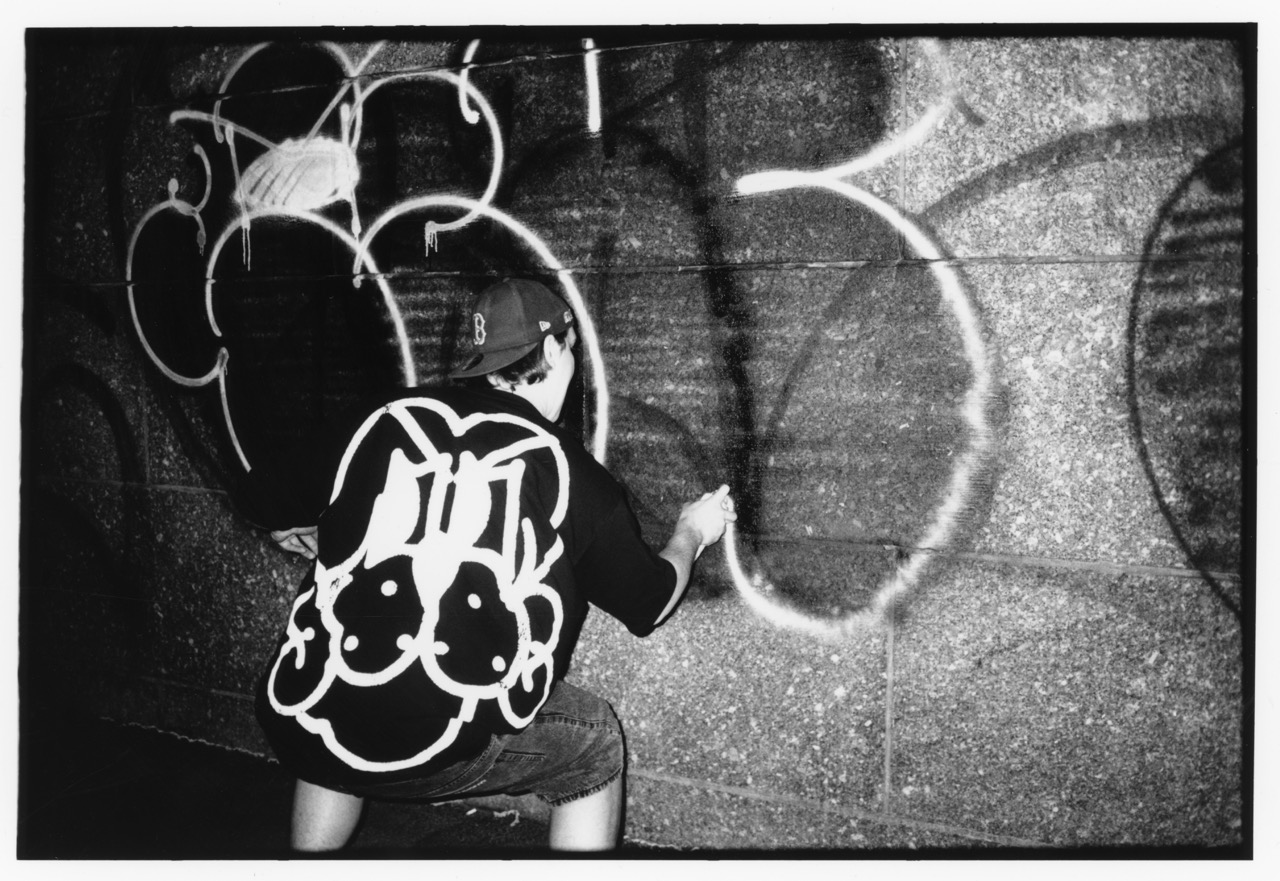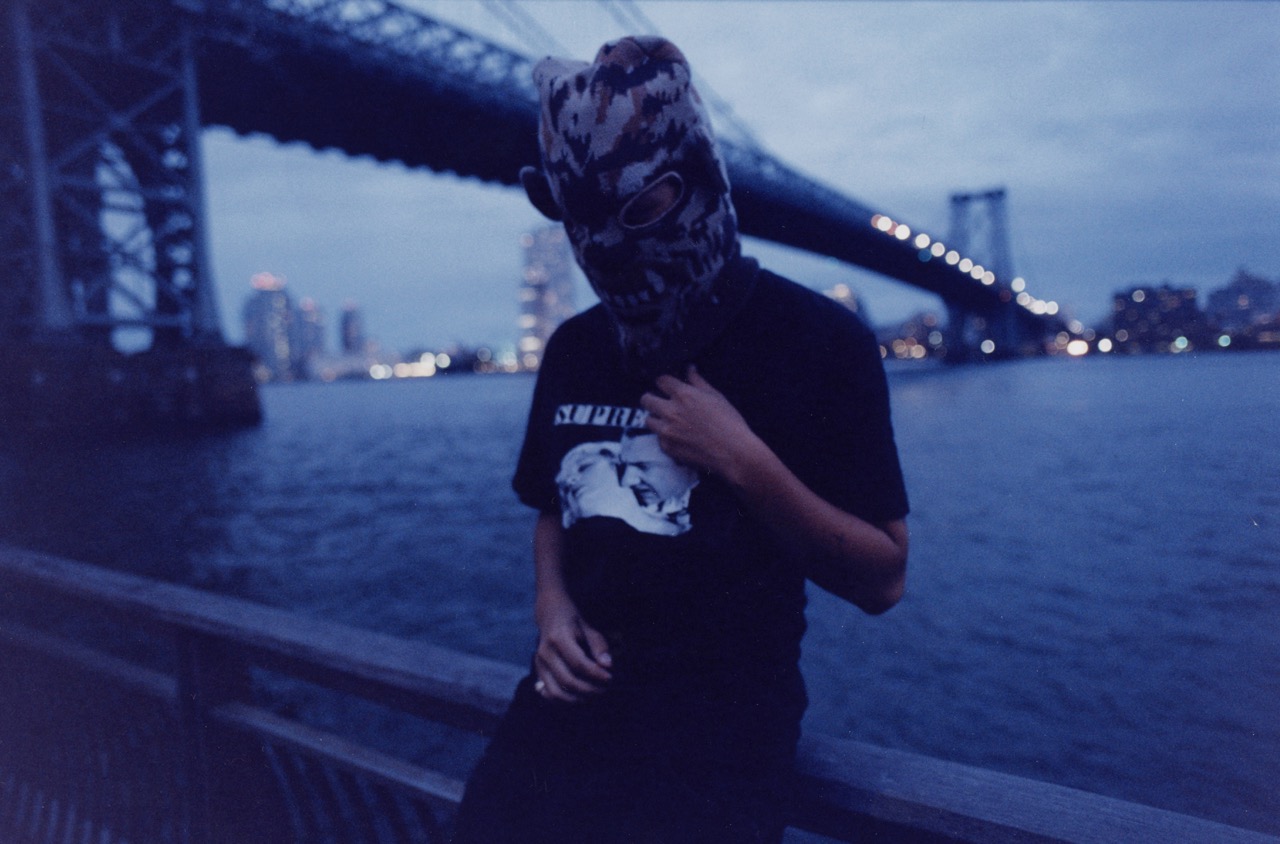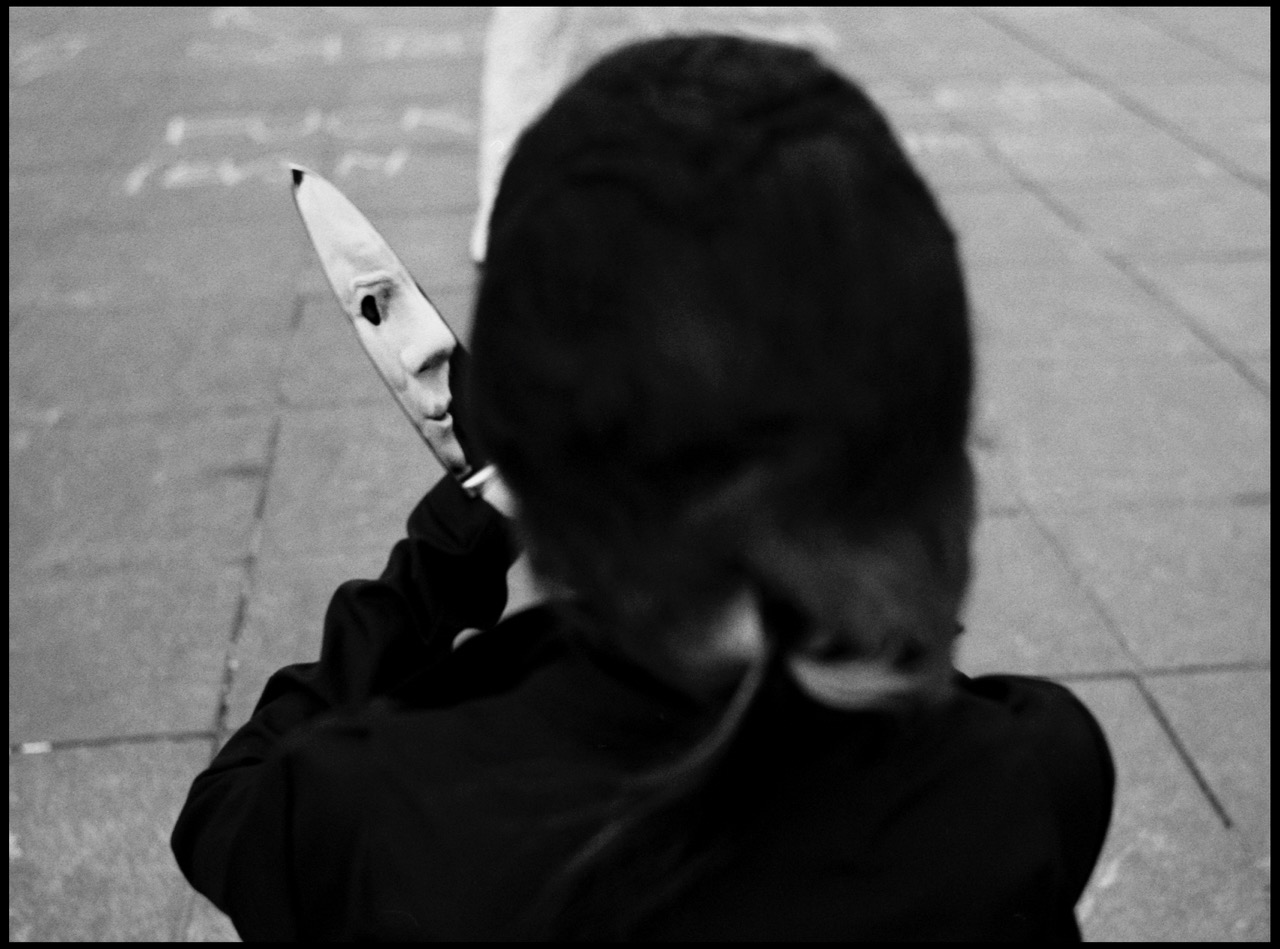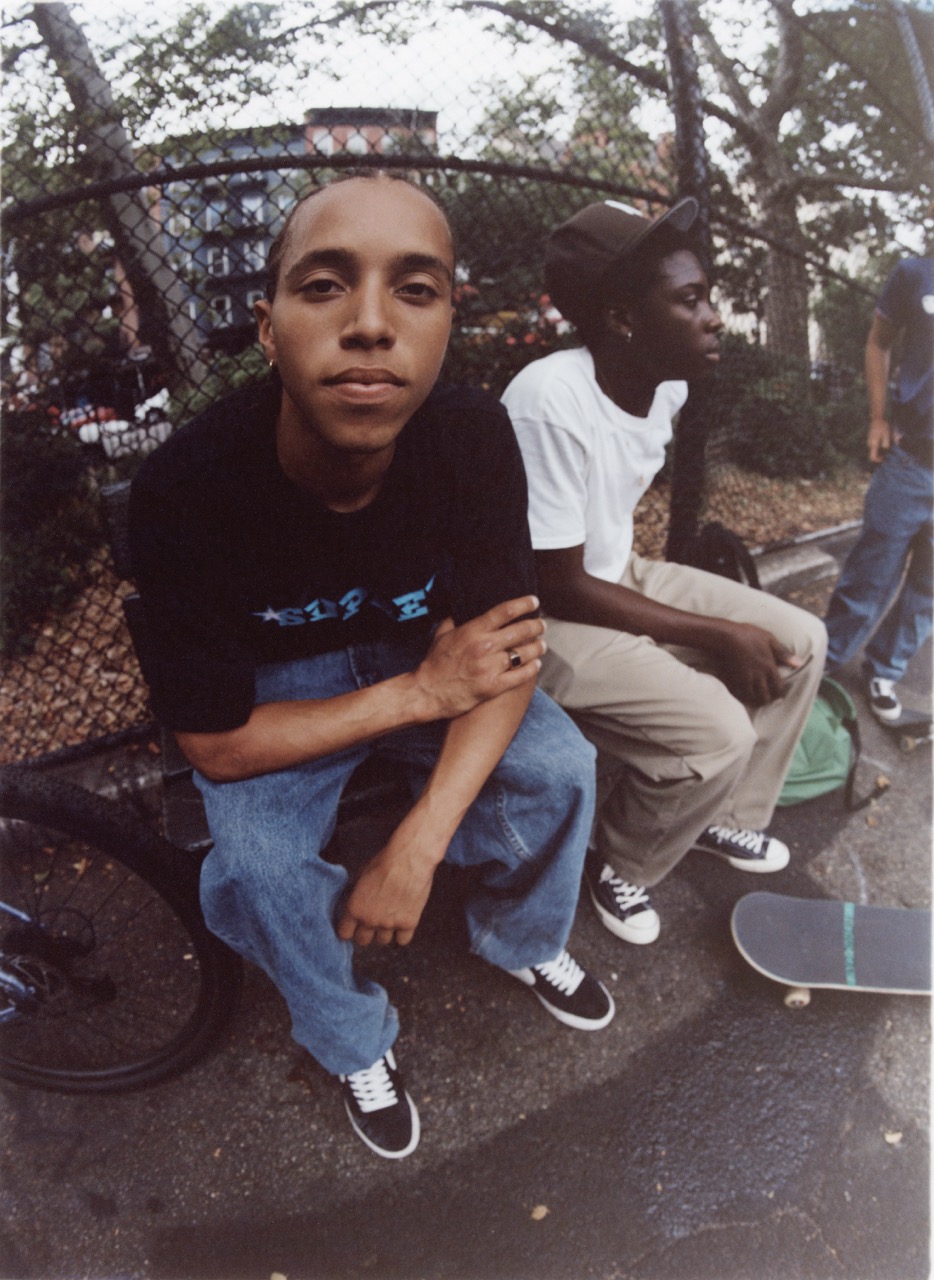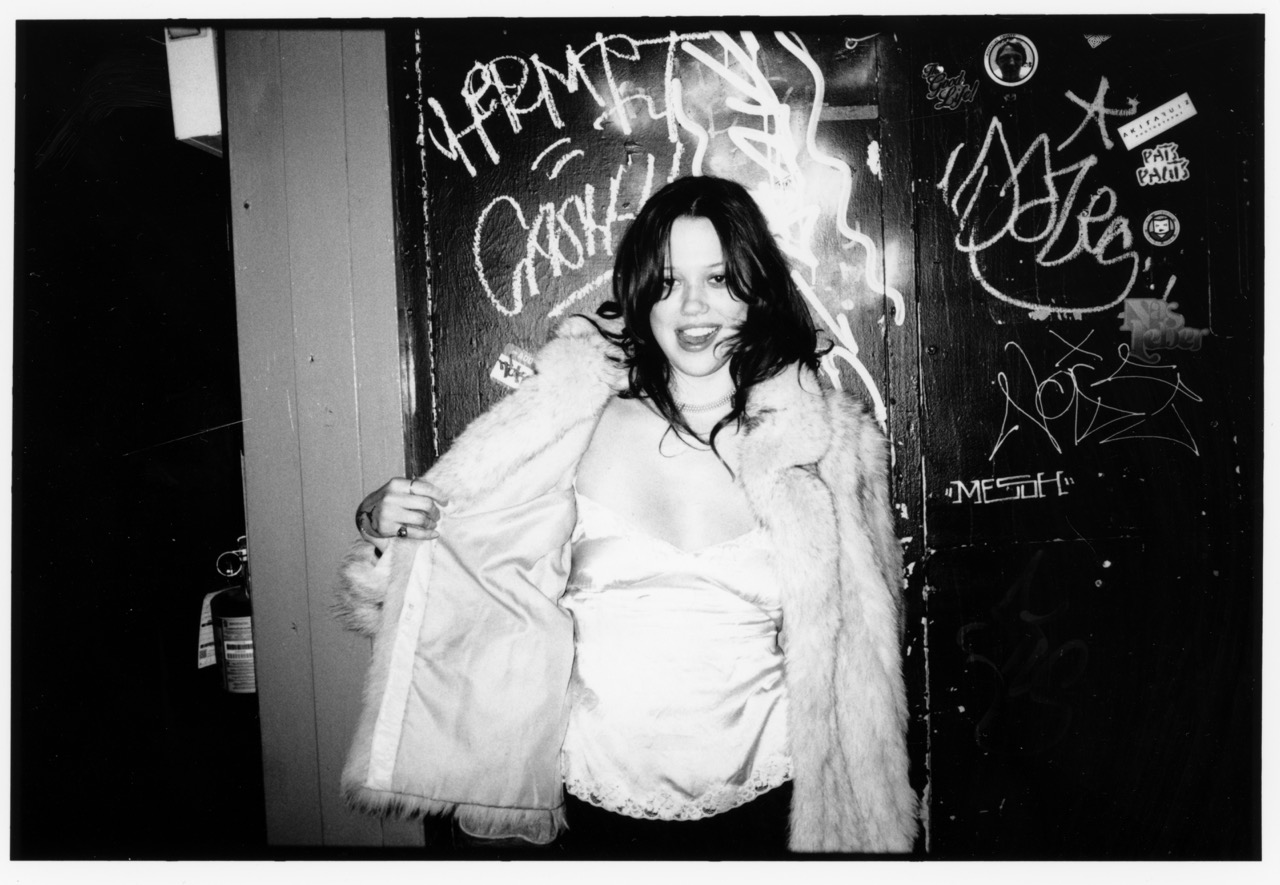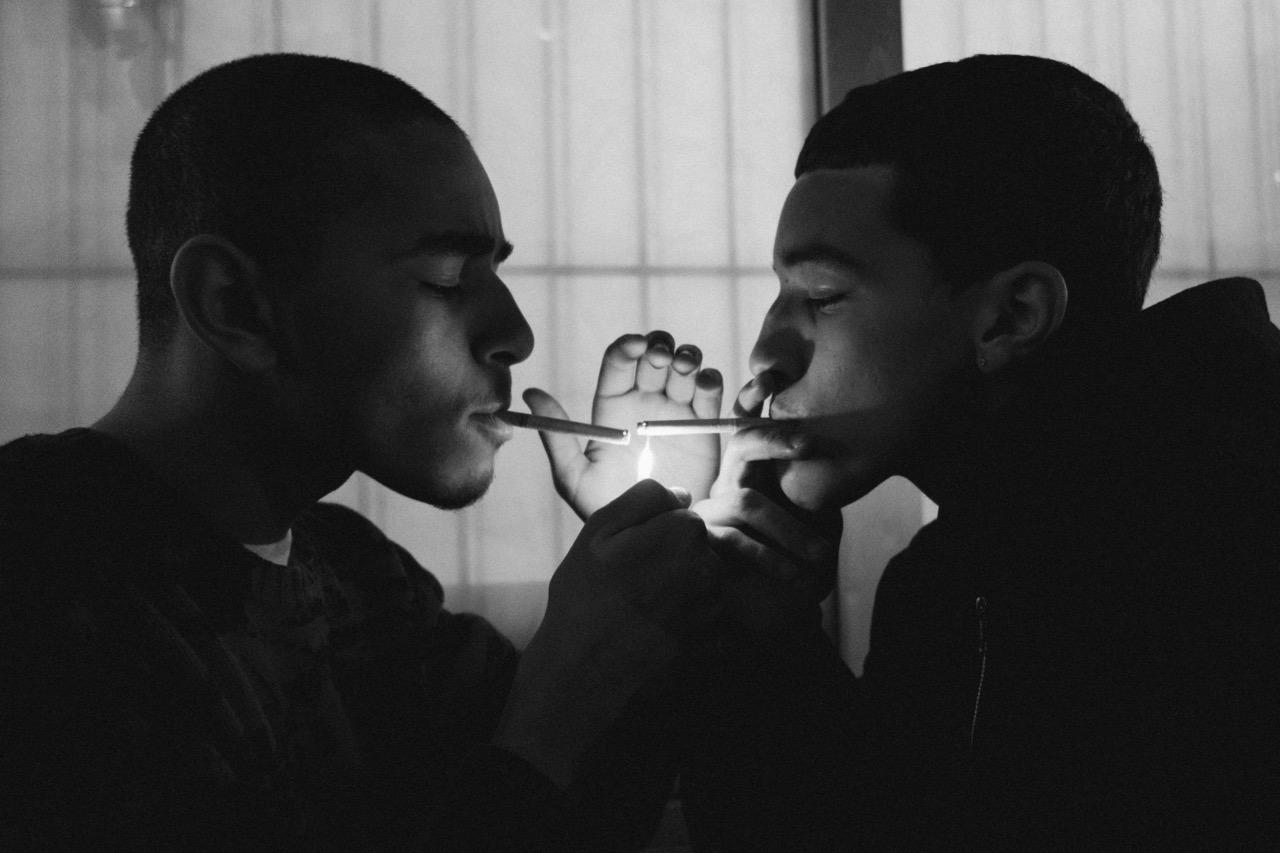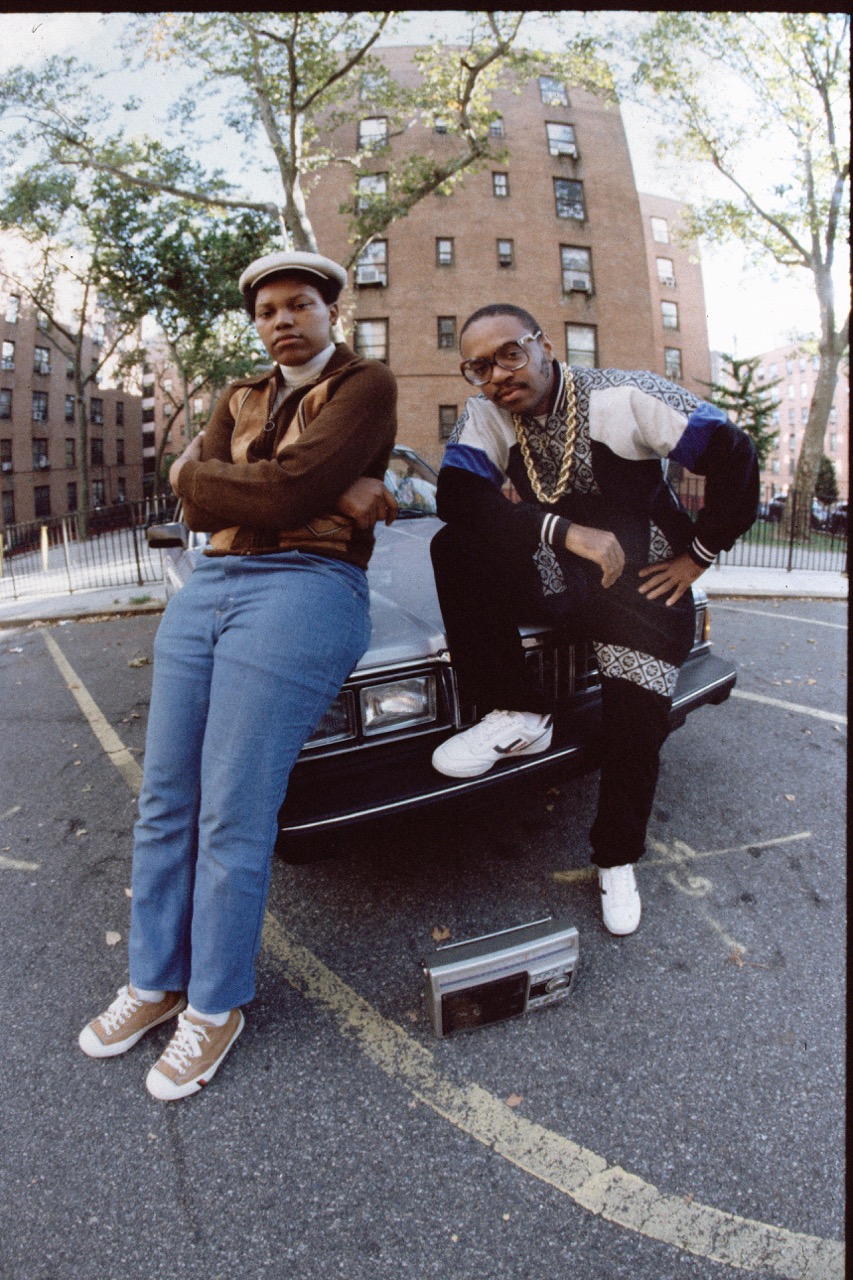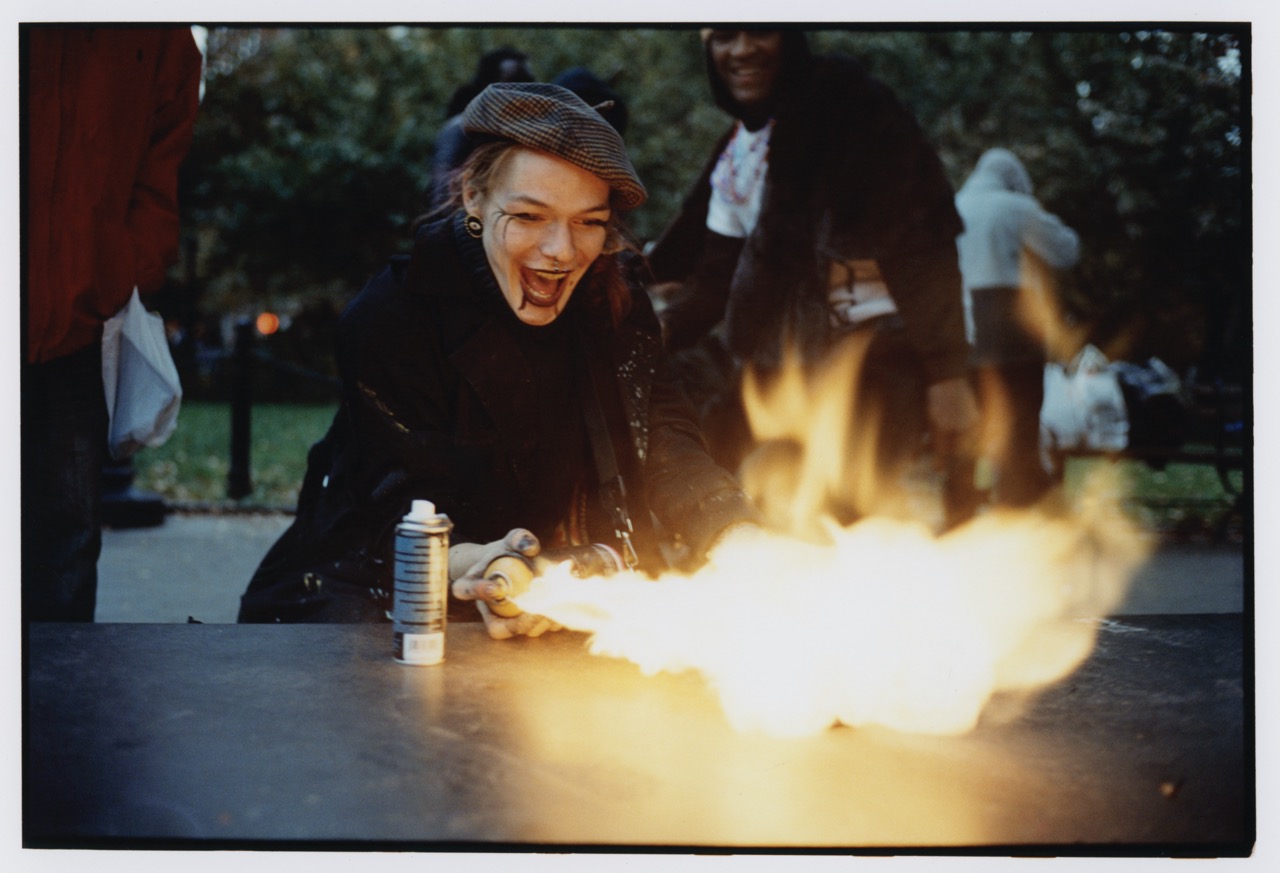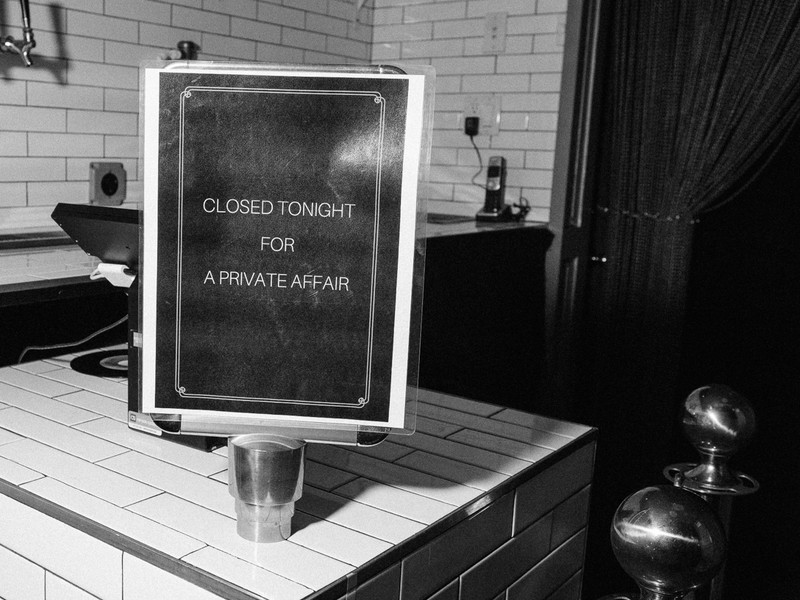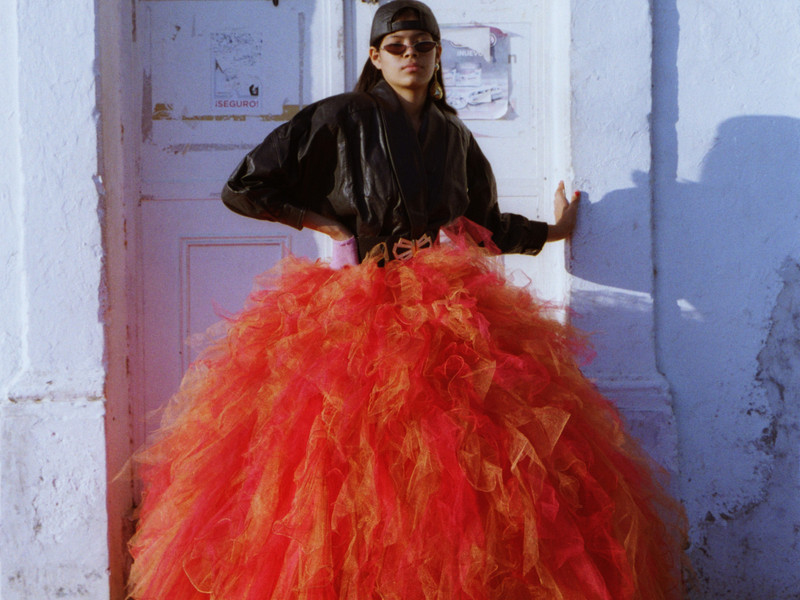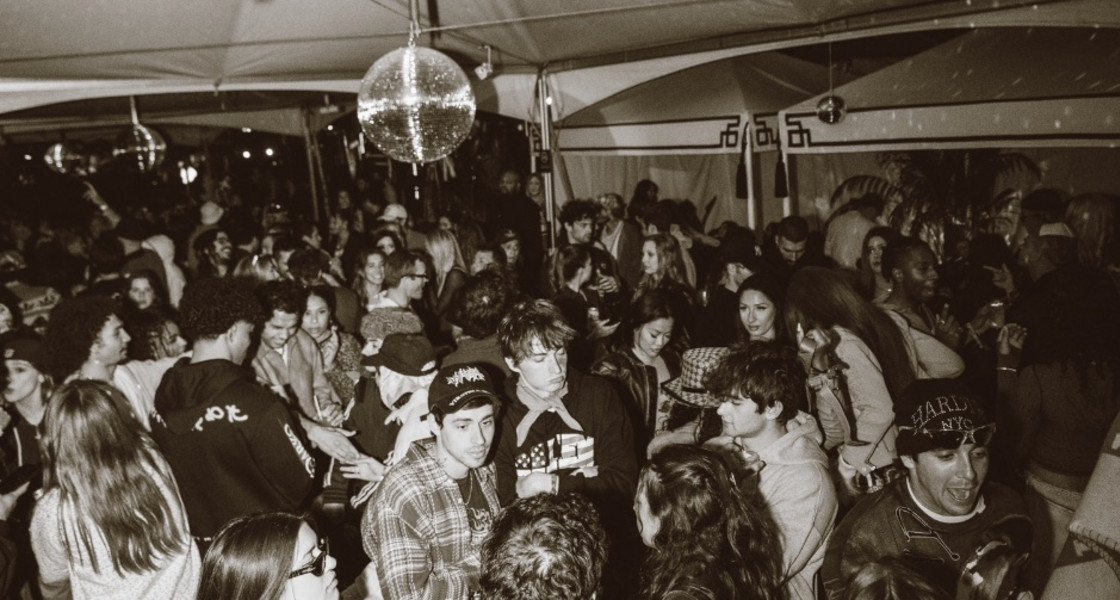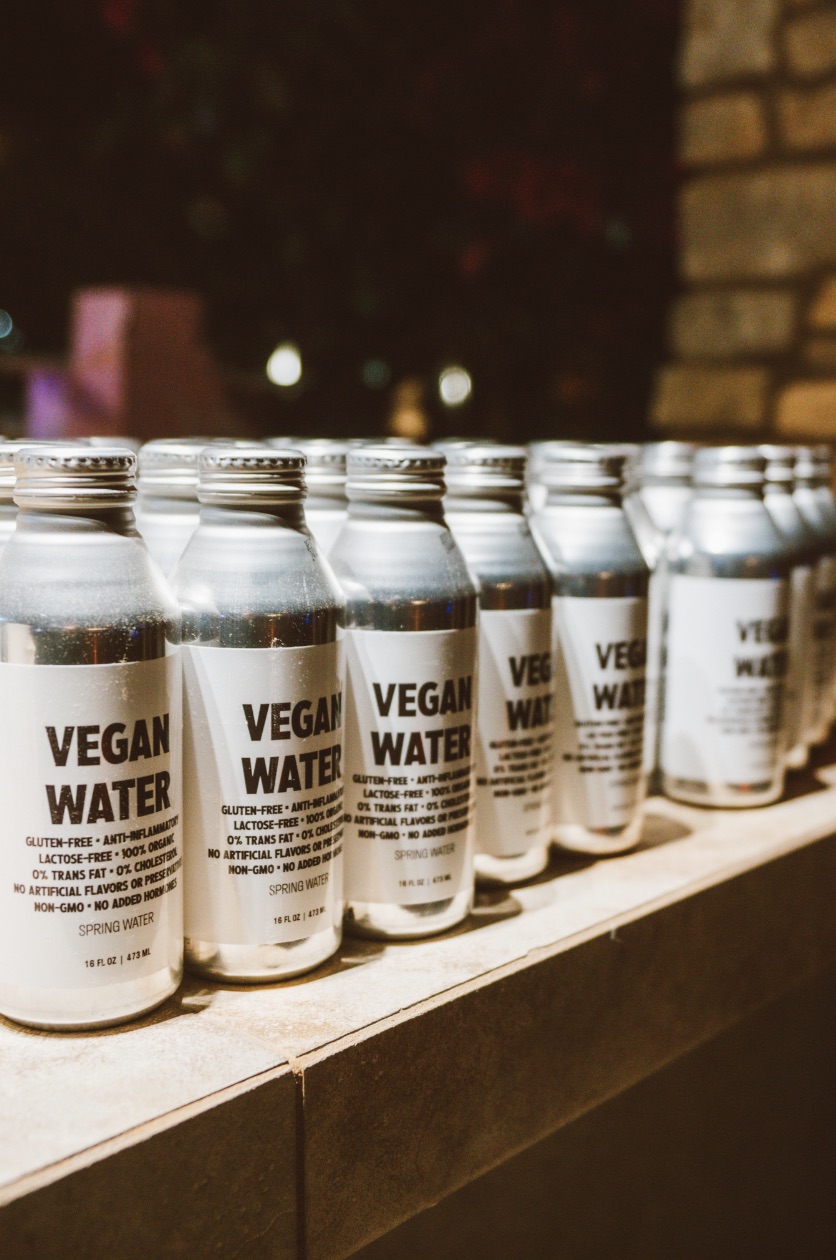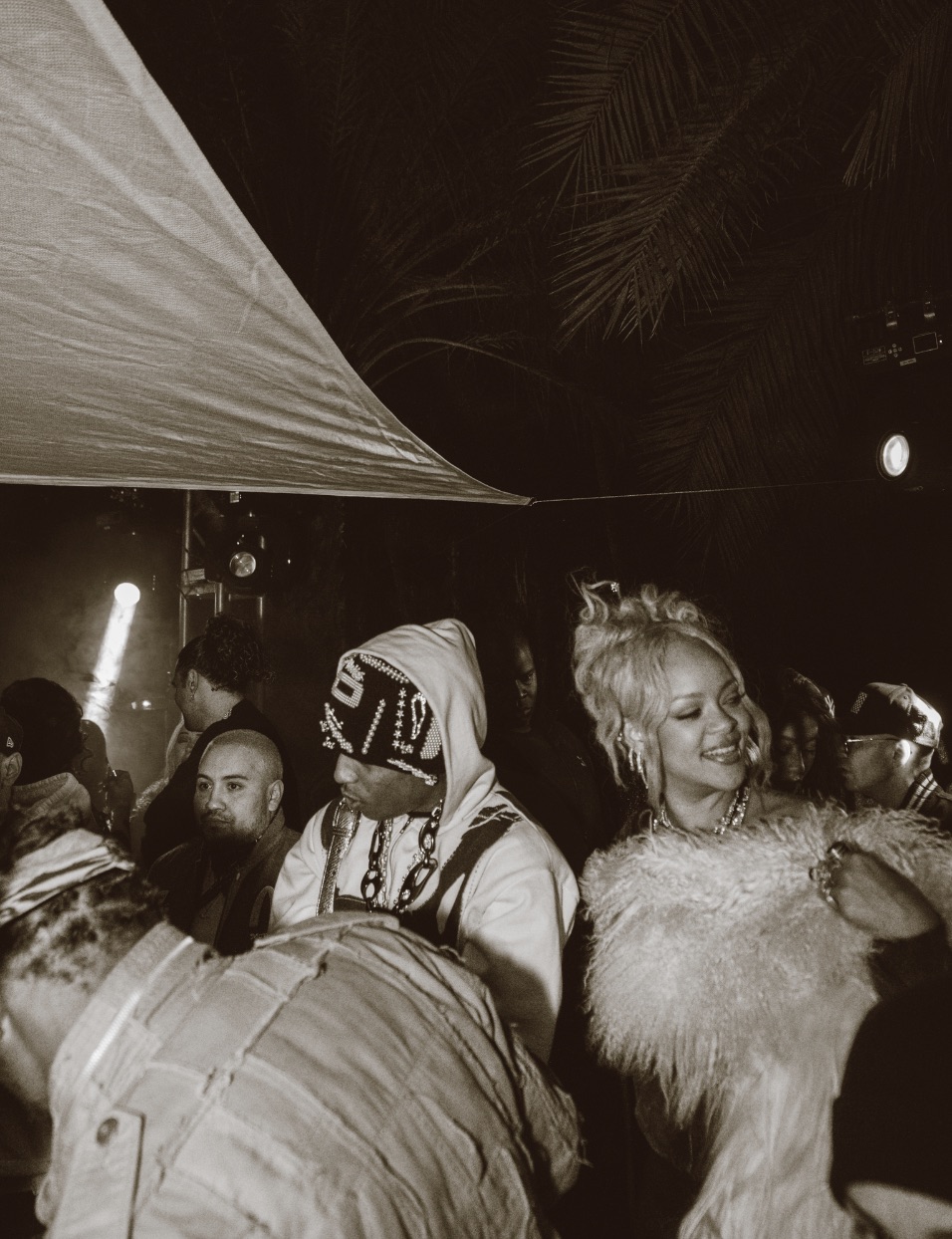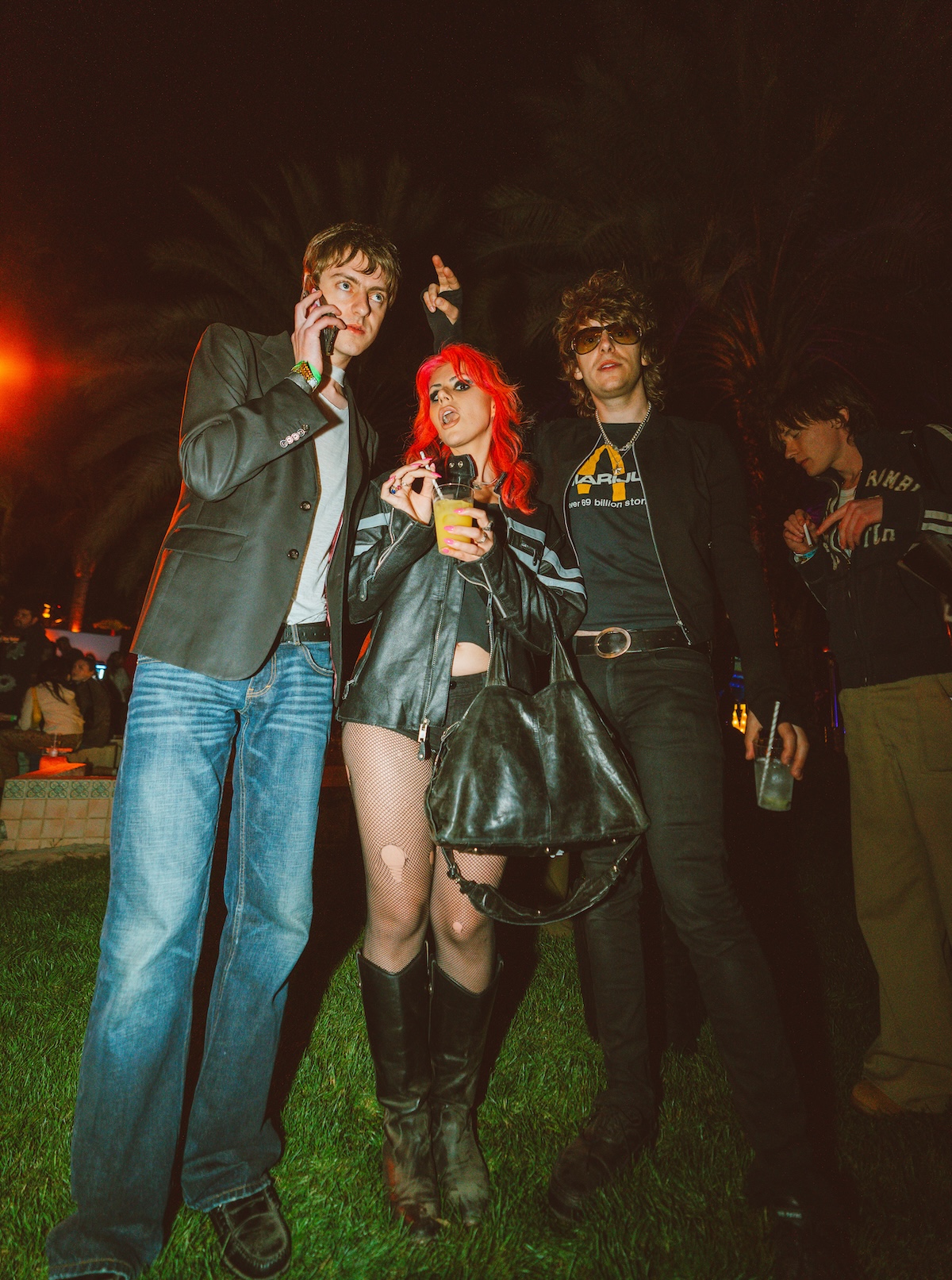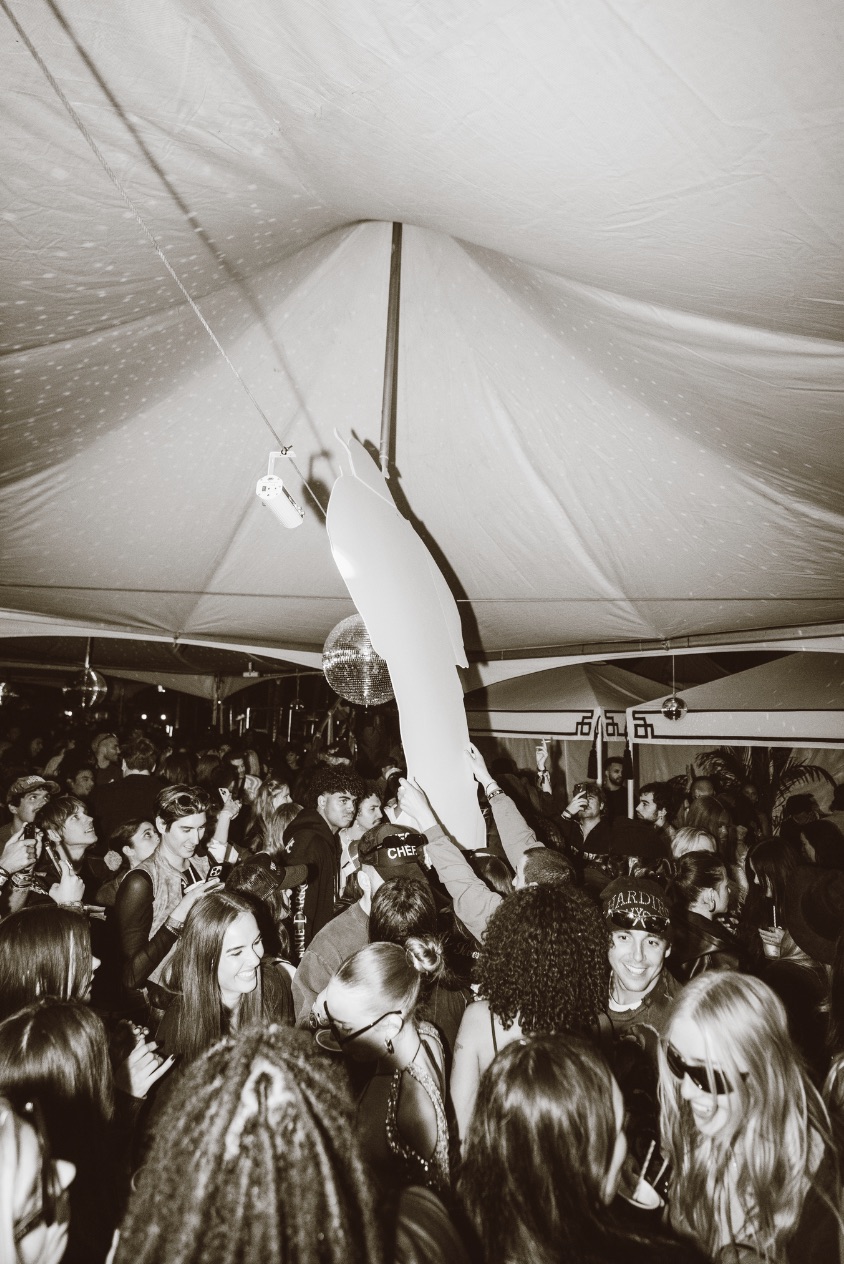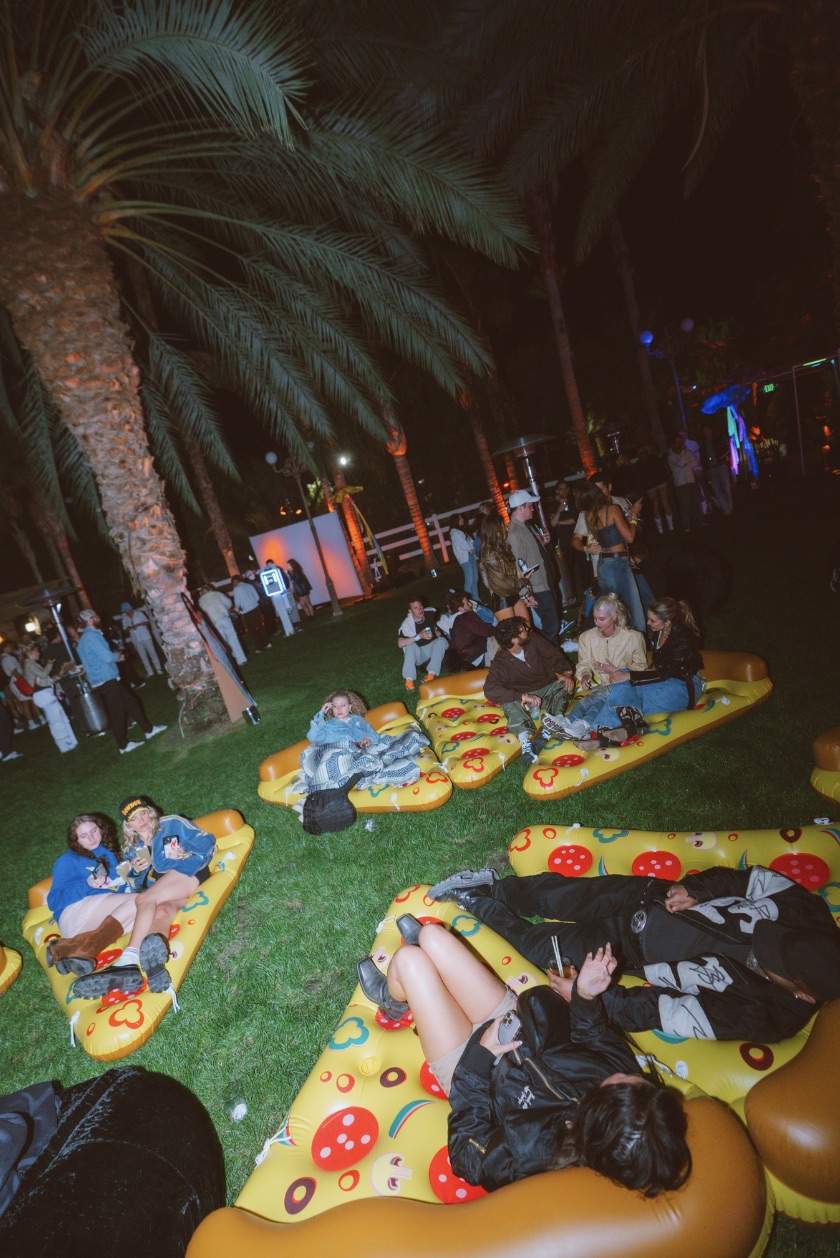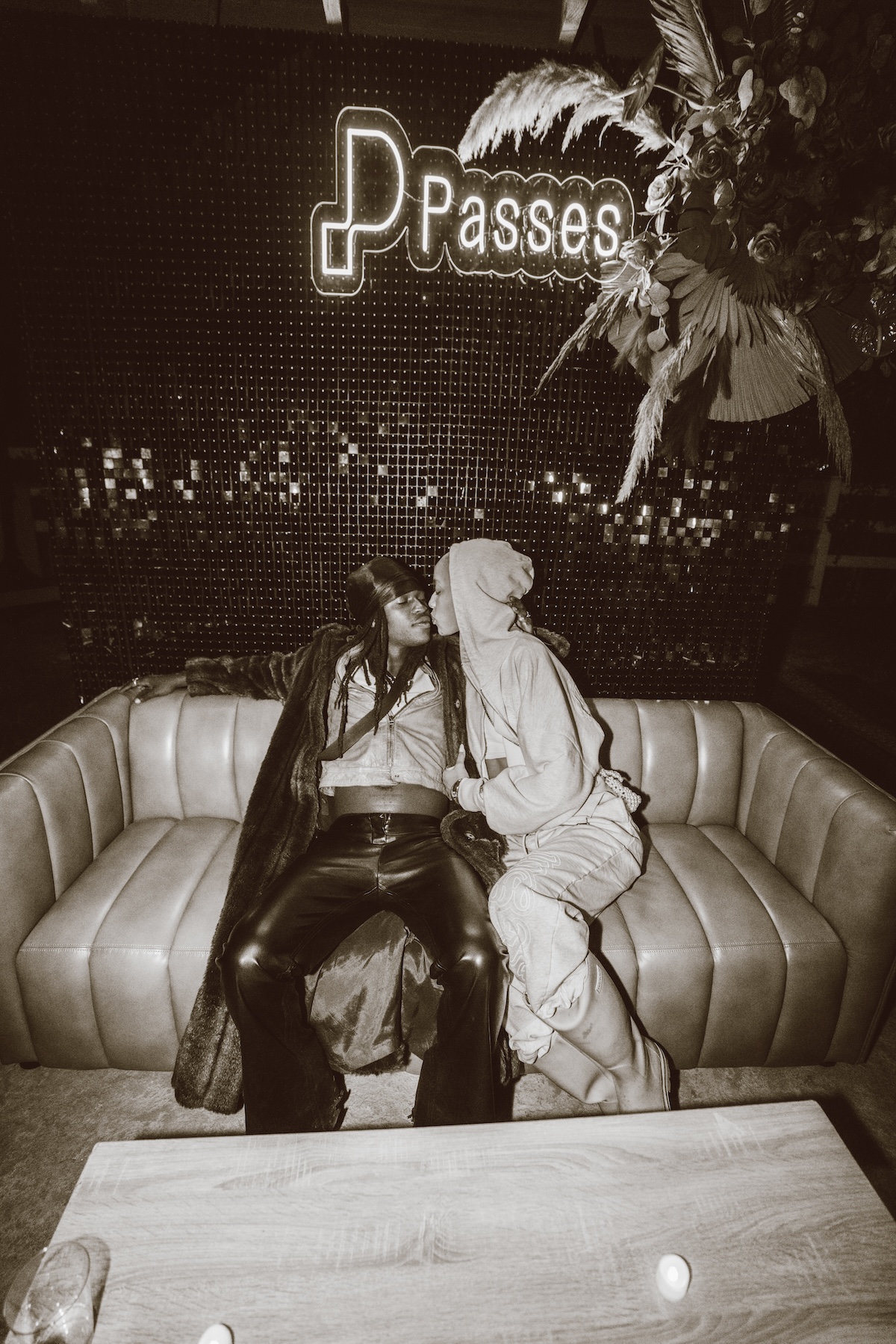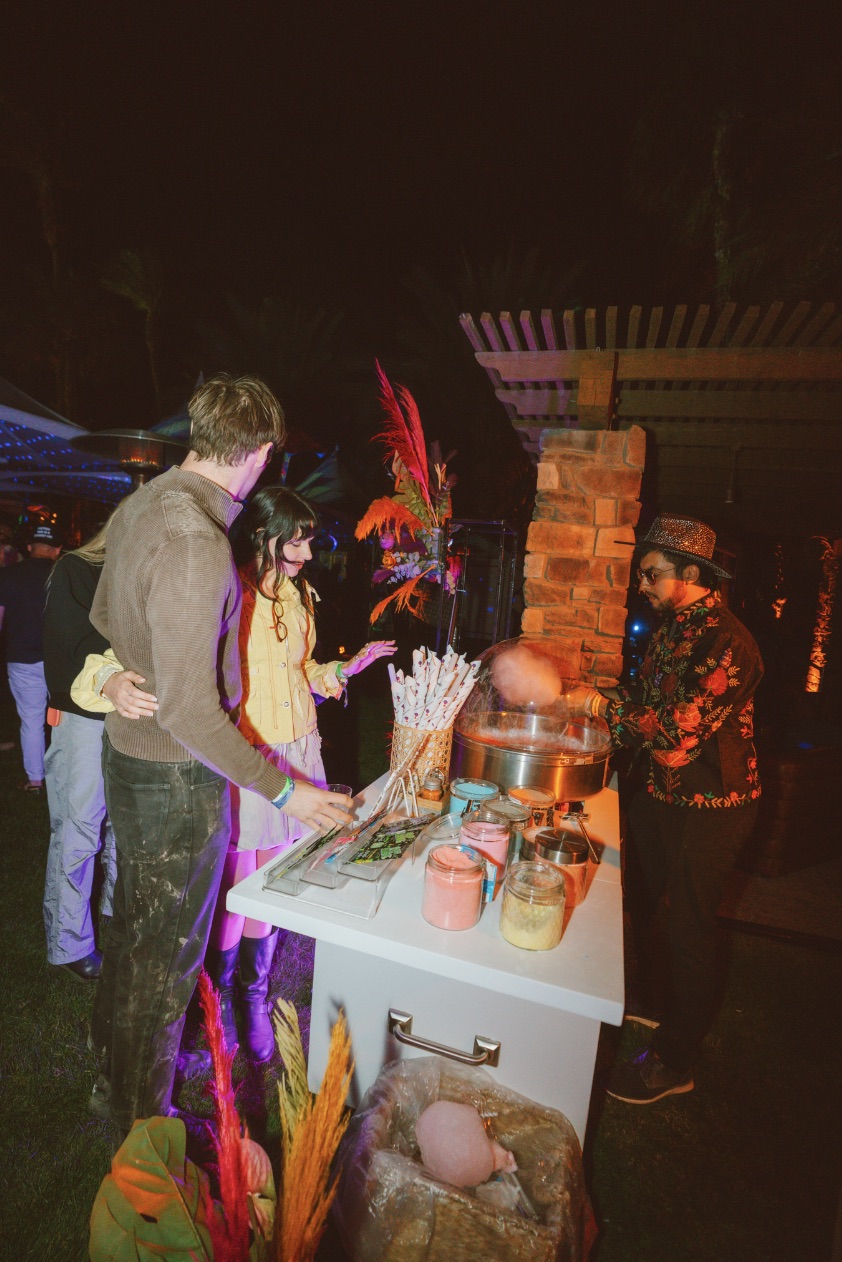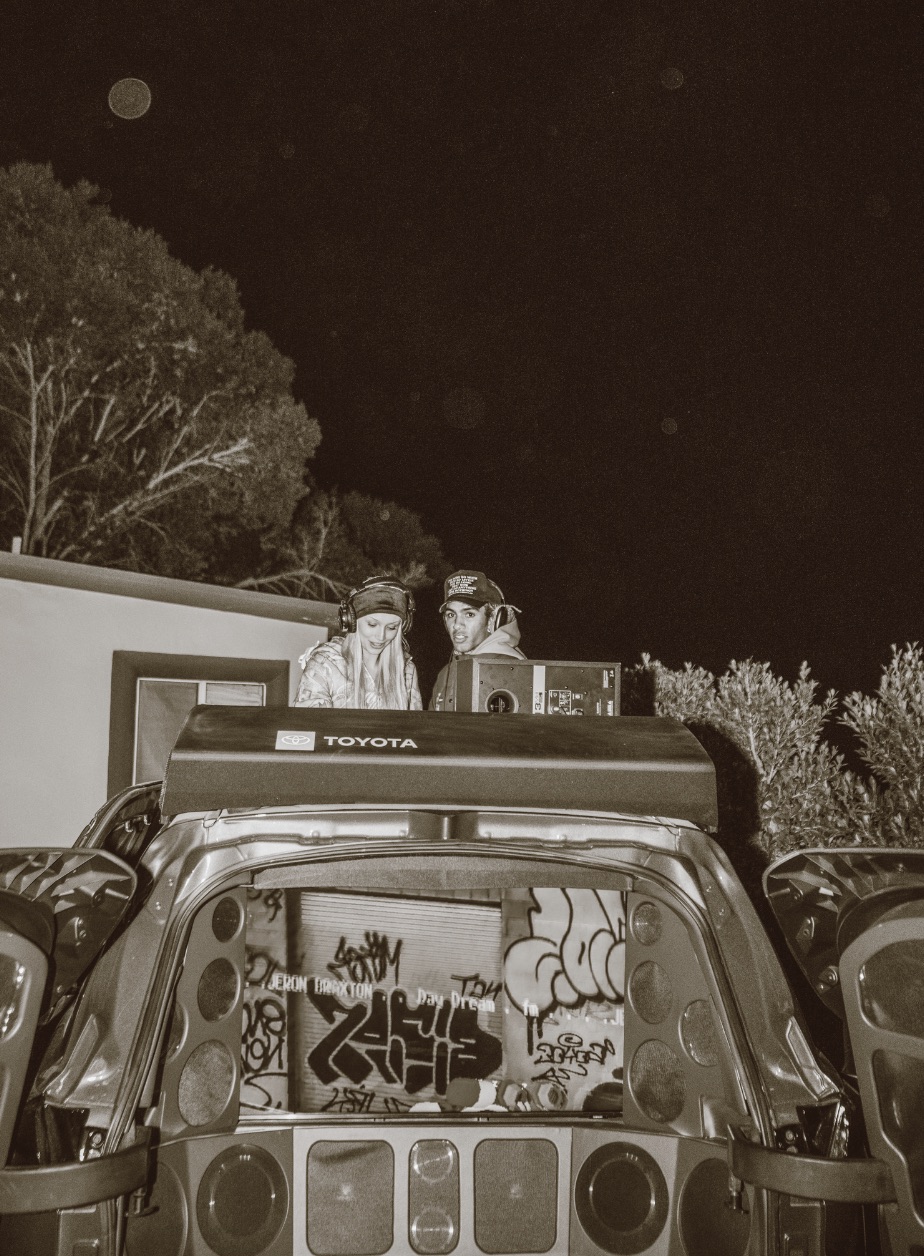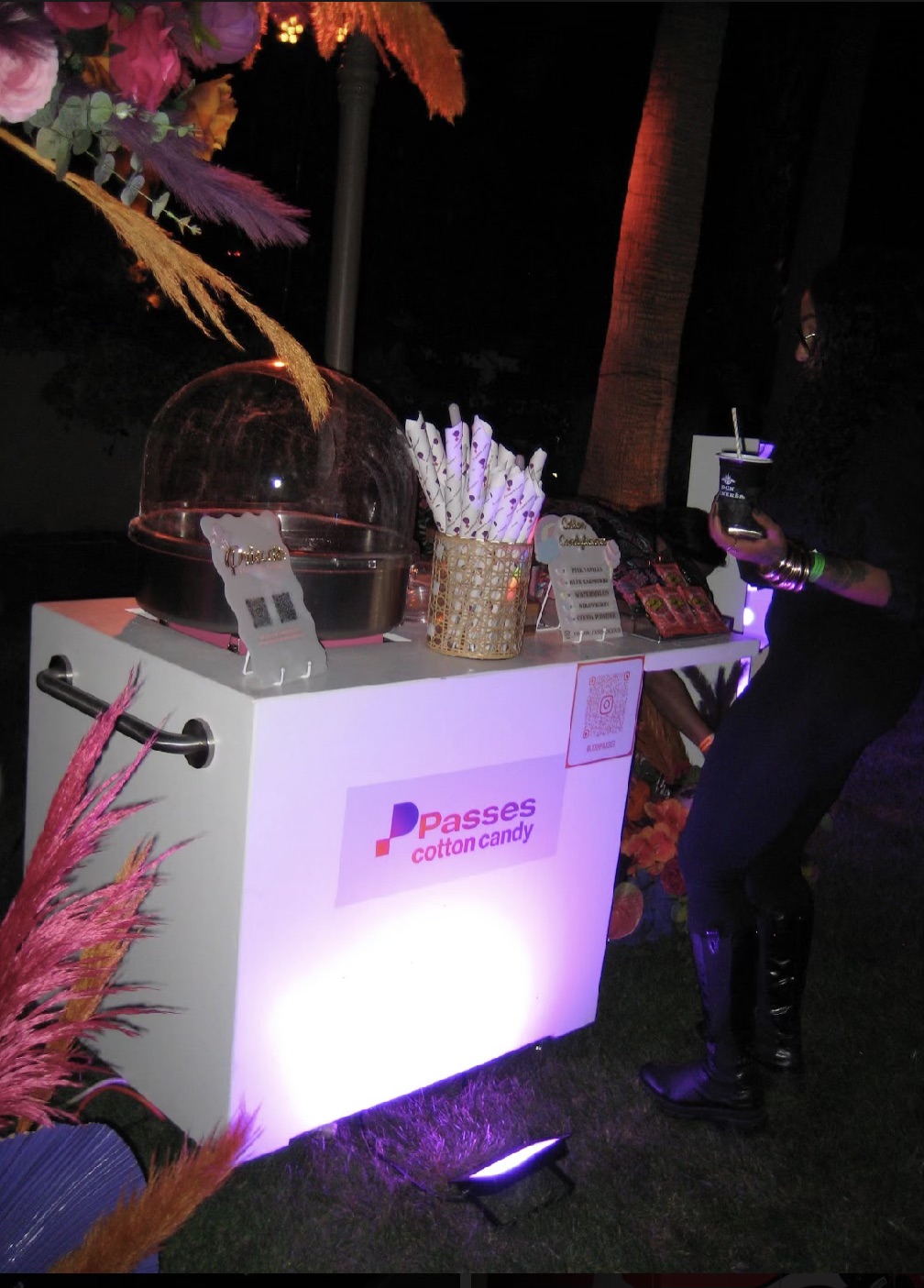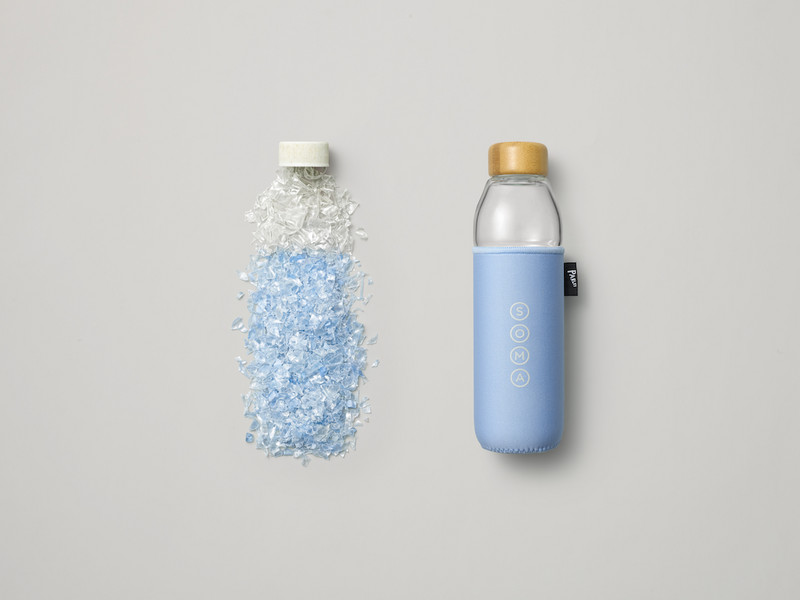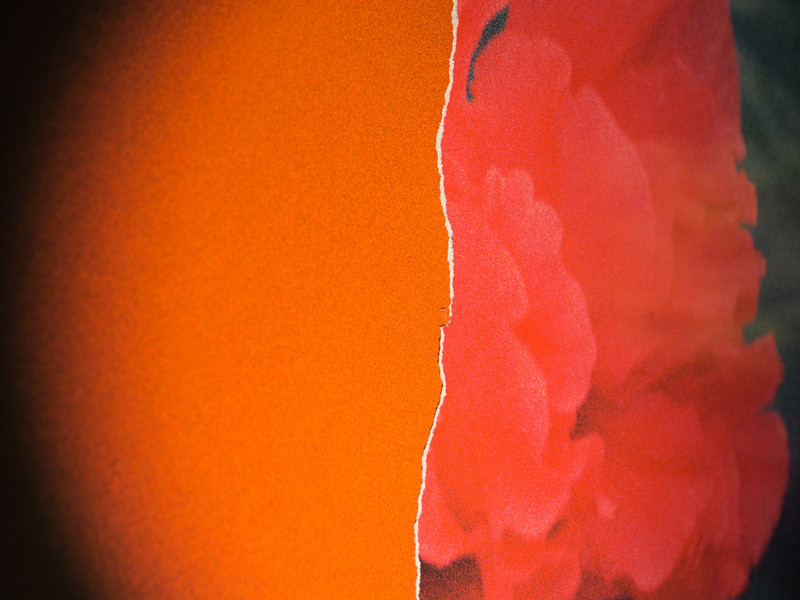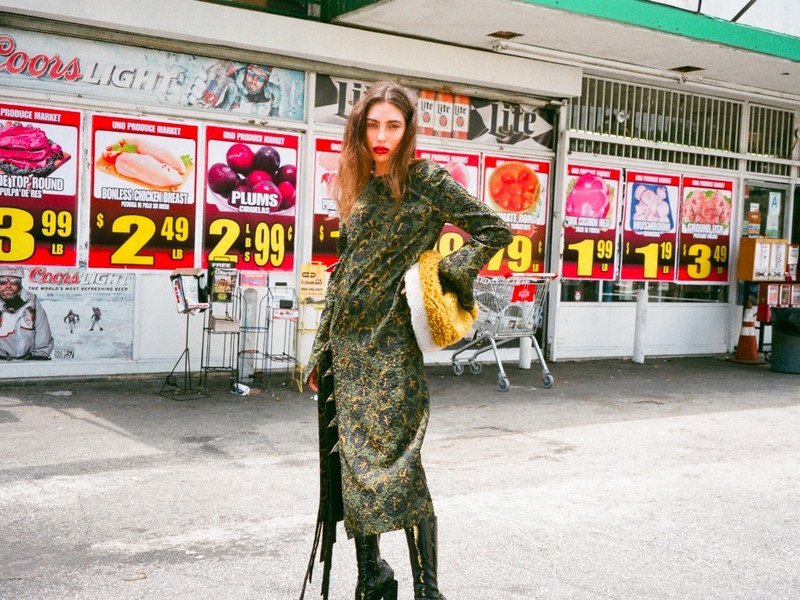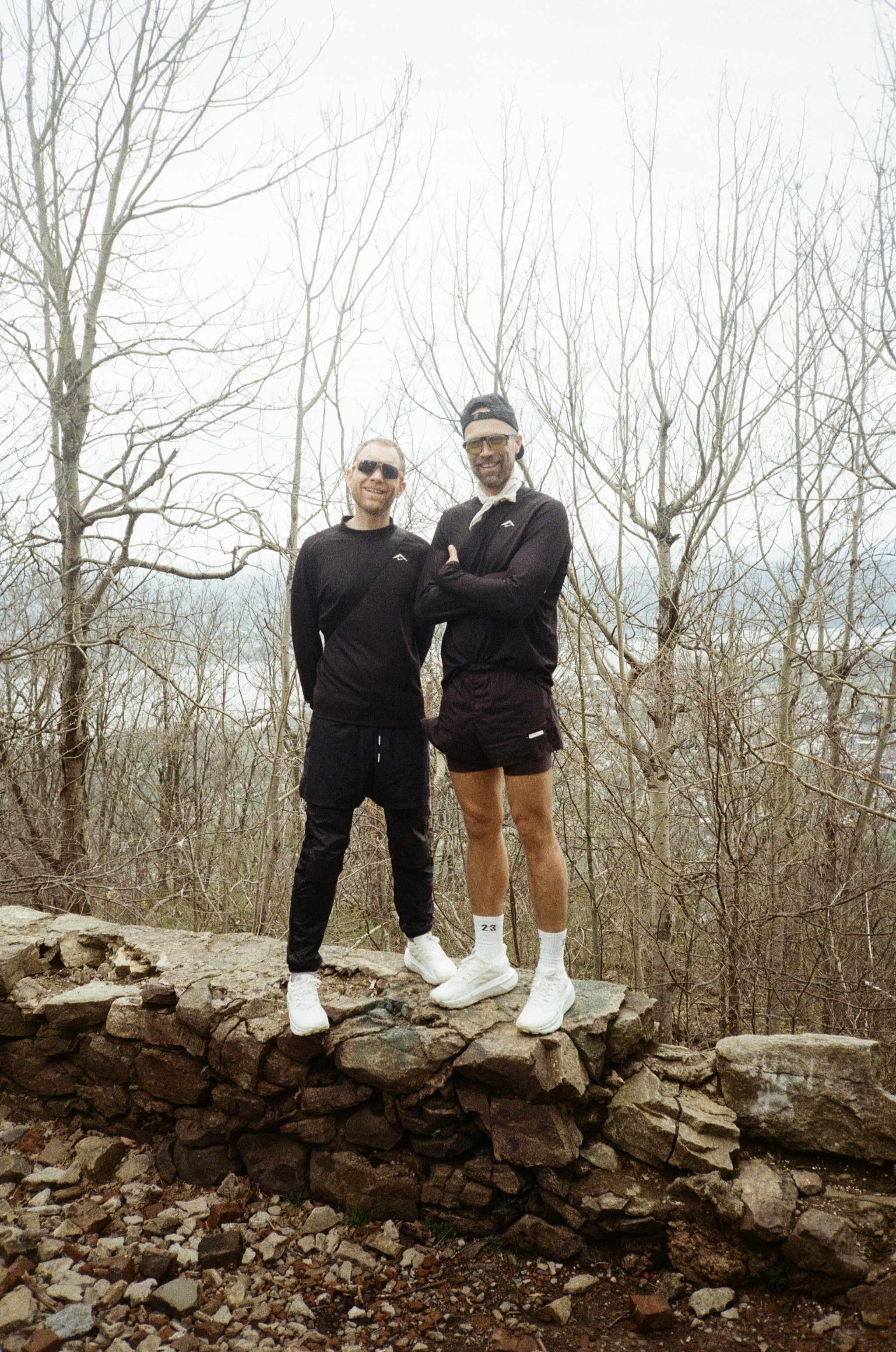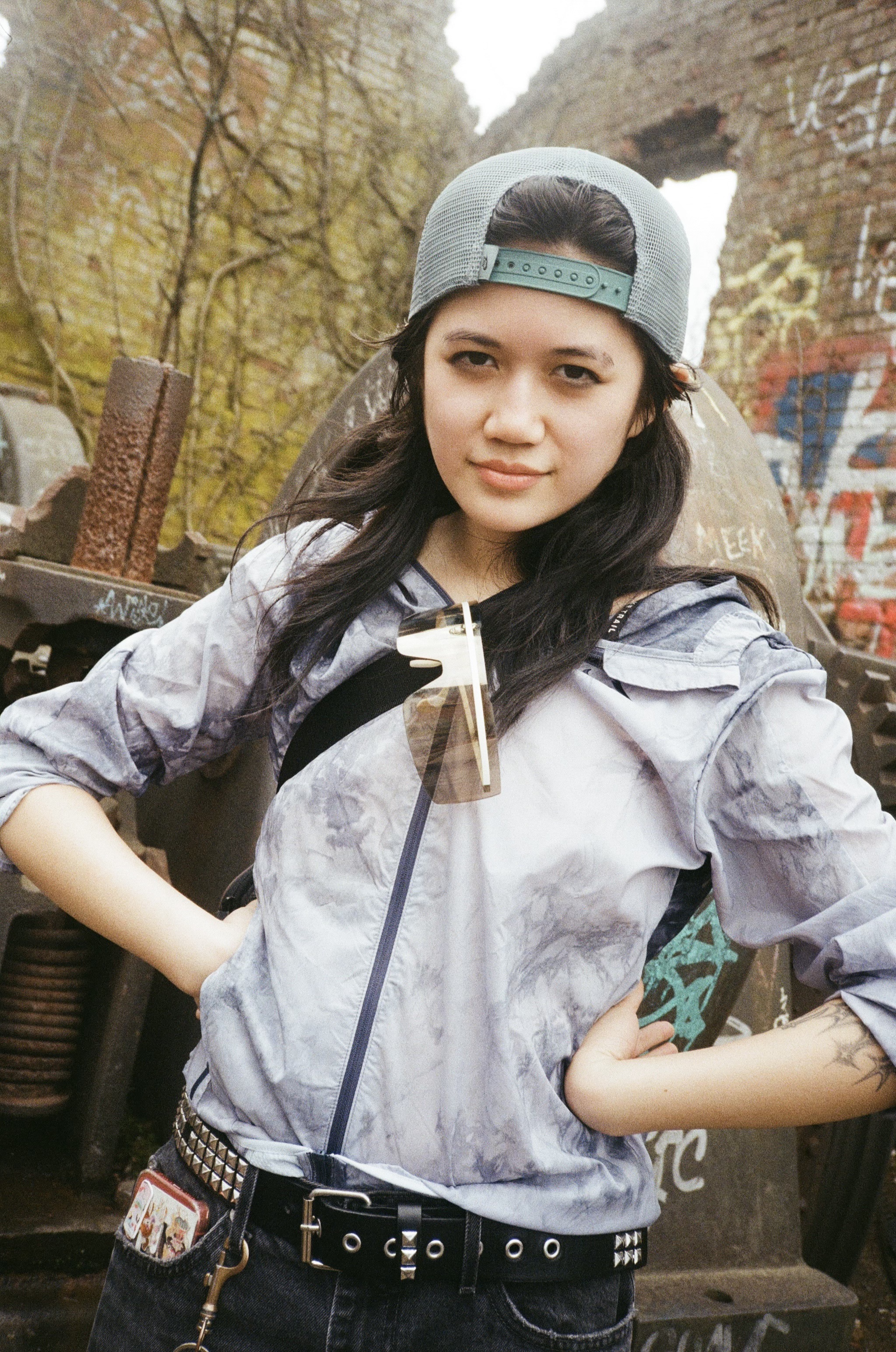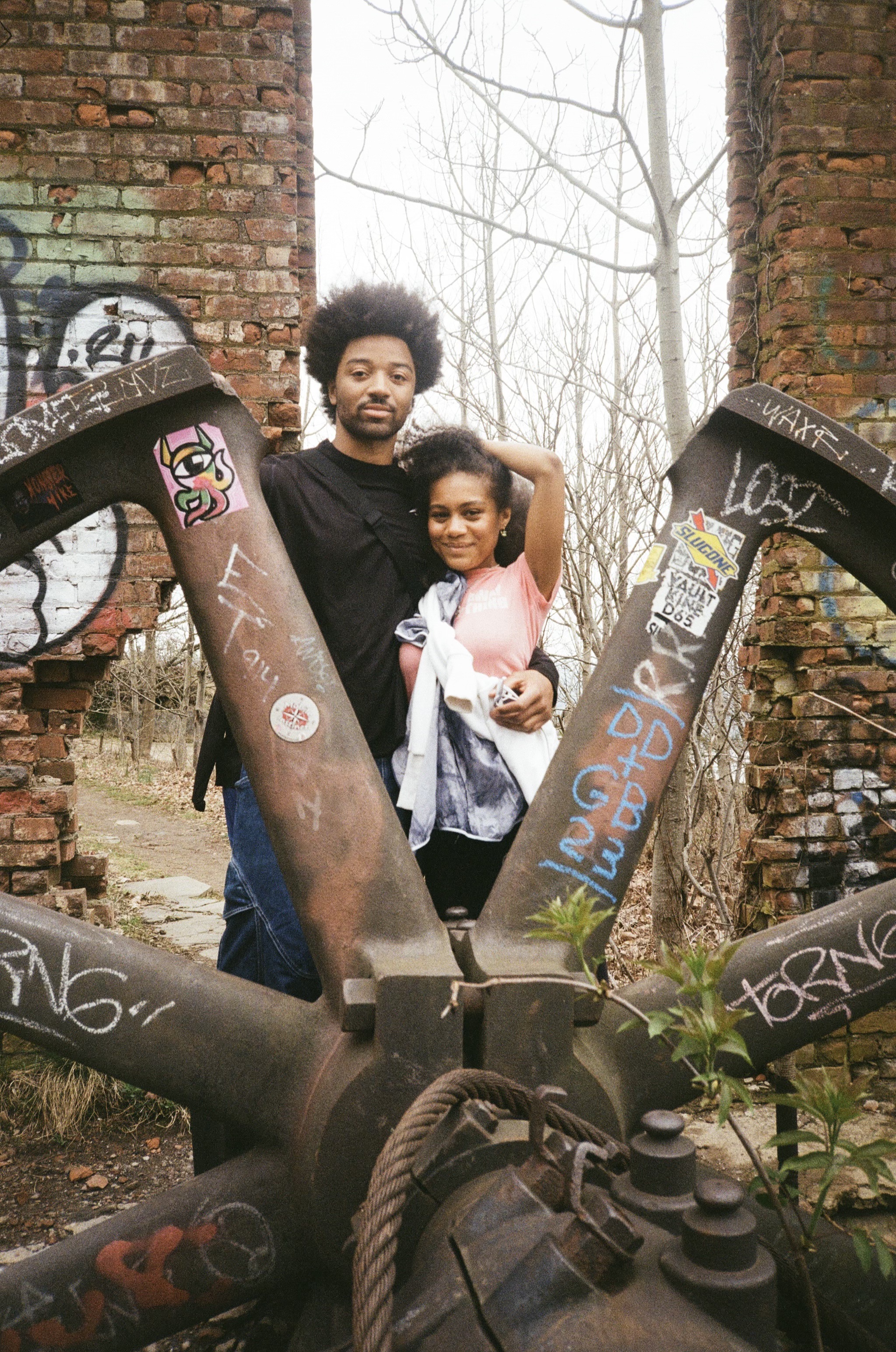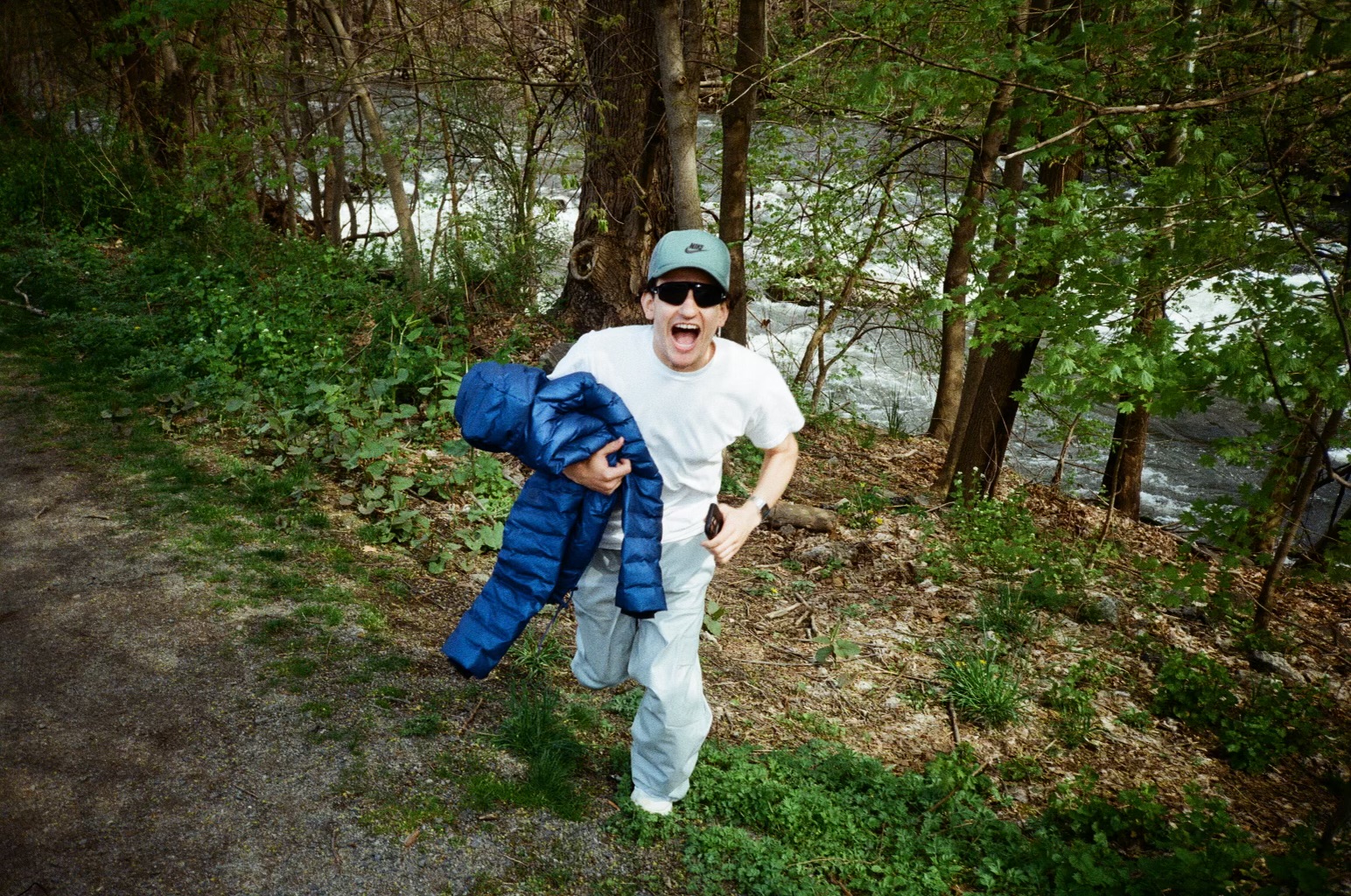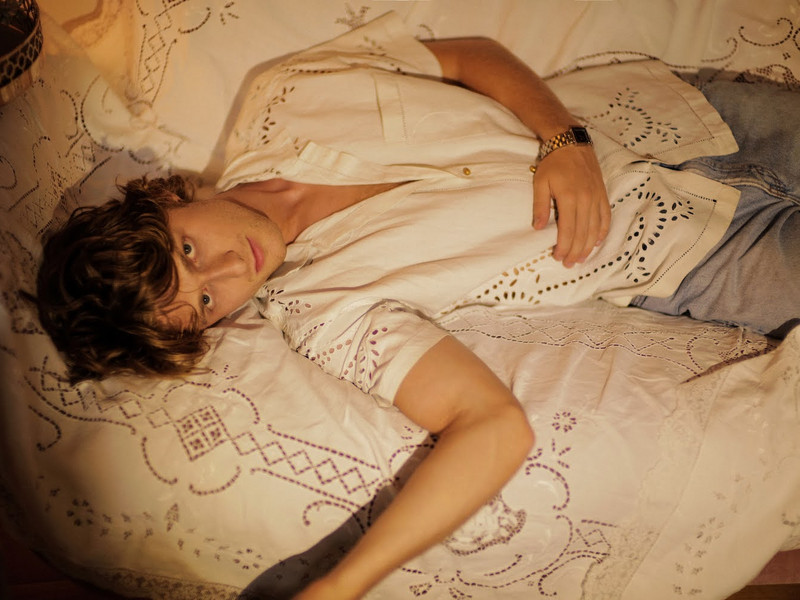MARIE-LOUISE HØSTBO
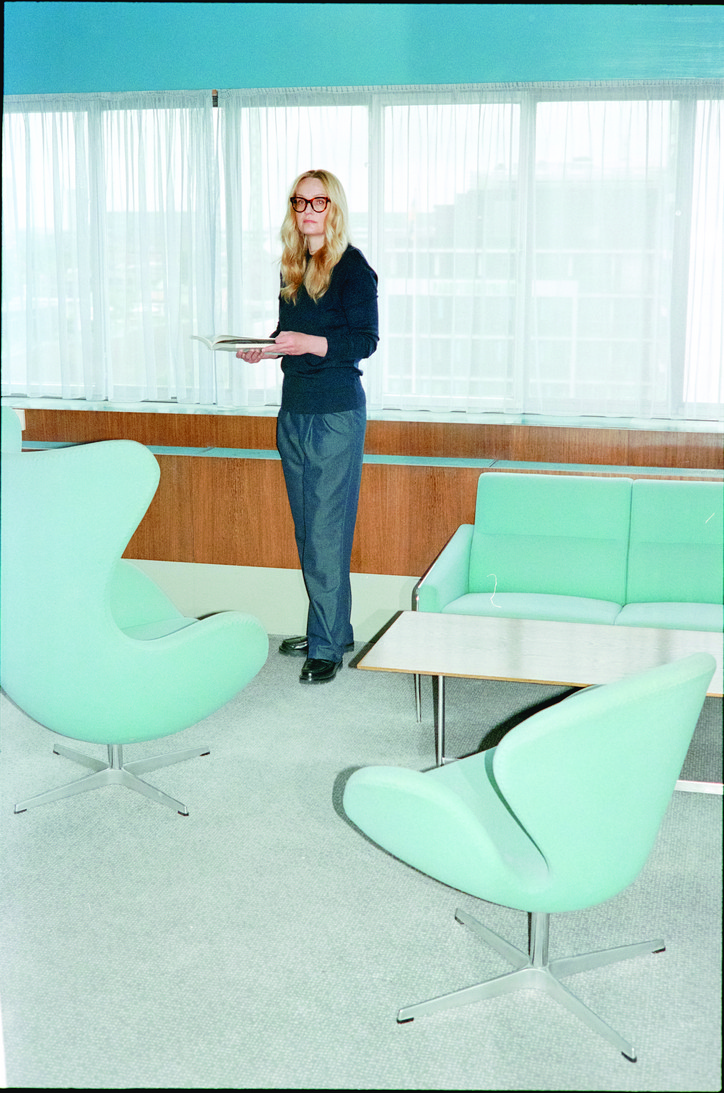
For over two decades, Høstbo has created a space where architecture and design are one. With a background rooted in architecture and in fine art galleries, where she focused on Danish furniture from the 1920s through the ‘70s, as well as experience as both a photographer and writer on top of it all—Høstbo has certainly earned the esteemed title at Fritz Hansen and more, consistently unifying the industries she’s conquered in her holistic approach to building on the brand legacy. Not unlike the Wabi-sabi mentality, Danish design has an equally simple, value-based belief system, and Høstbo has honed in on this. Design, to Høstbo, is not about drawing, it’s about seeing.
What is your ideal office?
A space filled with inspiration, people, collectibles, books, images, models, and samples. The ideal office space is one that is constantly evolving with the addition of new items that provides inspiration. My collection is continuously growing.
What is your least favorite texture?
An unfinished piece of design, such as a wooden surface or detail which has not been finished by soap or oil.
What is the greatest place you have swum?
The North Sea. I grew up in a small town, Hvide Sande, where I find my favorite beaches.
What is the most prized possession in your closet?
My father’s tuxedo from when he married my mother.
What’s your greatest weakness?
Impatience.
Who, what, and where do you find inspiration today?
Literature, culture, history, and people meticulously dedicated to their research.
What was the last thing you took a picture of?
The Taburet, a stool Fritz Hansen is co-creating with the contemporary Danish designer Cecilie Manz. We previewed this new piece during 3DaysofDesign in Copenhagen at the Danish Design Museum, where Fritz Hansen has built a beautiful pavilion in celebration of the brand’s 150th Anniversary.
Which design principle do you relate to the most?
Vitruvius’ - the pieces Fritz Hansen creates must be functional, lasting, and beautiful – as important as they must be aesthetically durable and have relevance to how we live and work today.
If you were a famous piece of furniture, which would you be?
The Brick screen by Eileen Grey, 1923. It connects spaces, architecture and design, different idioms, art deco and functionalism.
What is an unexpected skill you have?
The ability to let go.
What is the most beautiful word in your native language?
“Skøn”, meaning wonderful and beautiful – it’s used to describe aesthetics in design and architecture.
